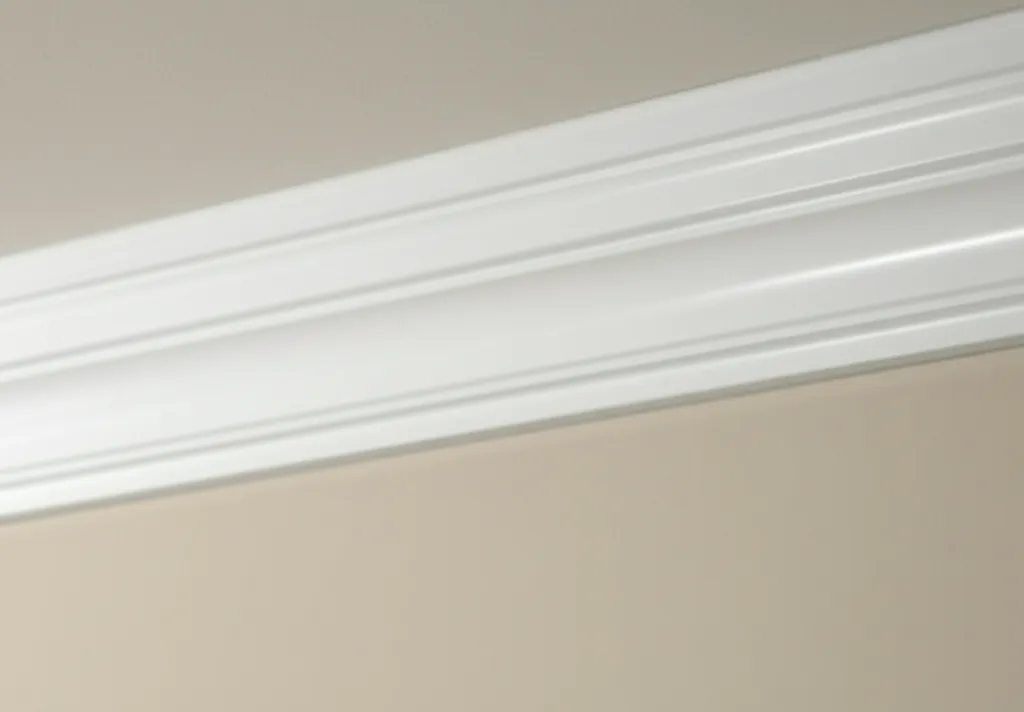Our Specialized Services
From elegant crown molding to custom built-ins, we bring decades of expertise to every project. Each service is backed by our commitment to quality craftsmanship and attention to detail.
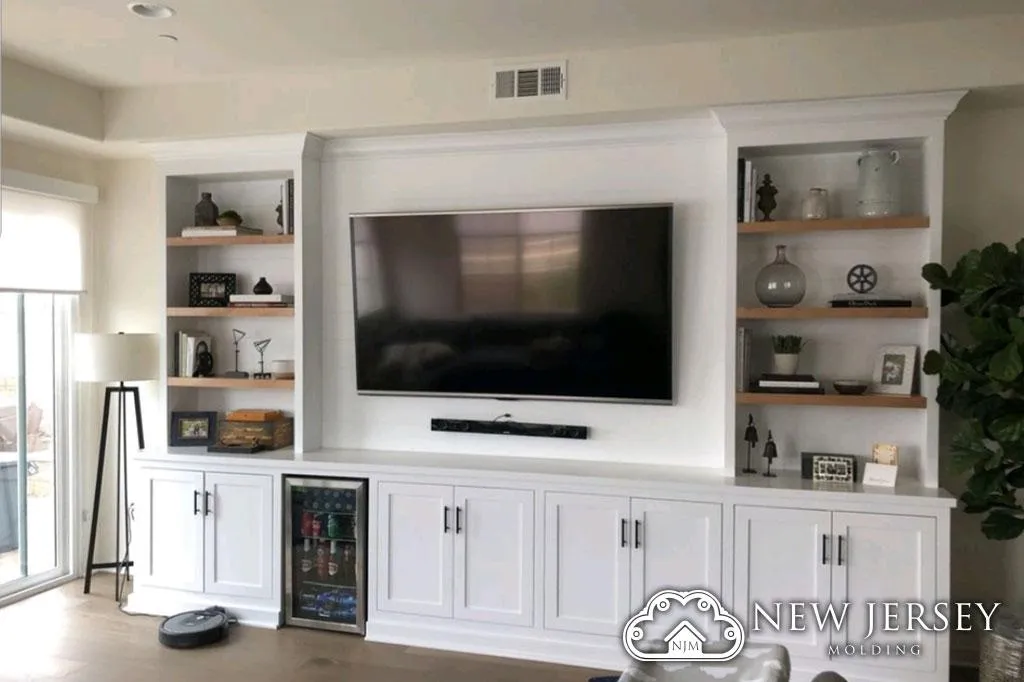
Built Ins
Custom built-in cabinetry designed to maximize storage and elevate your home’s interior.
Tailored to your space
Functional & stylish designs
Premium materials
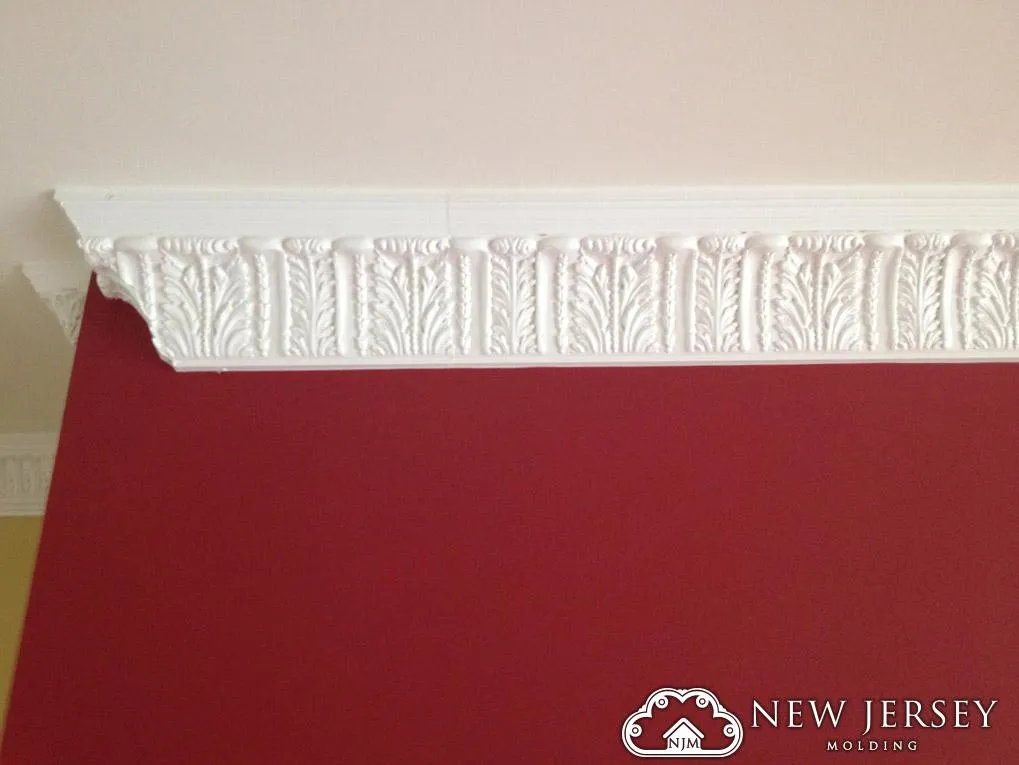
Crown Molding
Elegant crown molding installation that adds sophistication and value to any room.
Custom profiles
Seamless corners
Paint-grade & stain-grade options
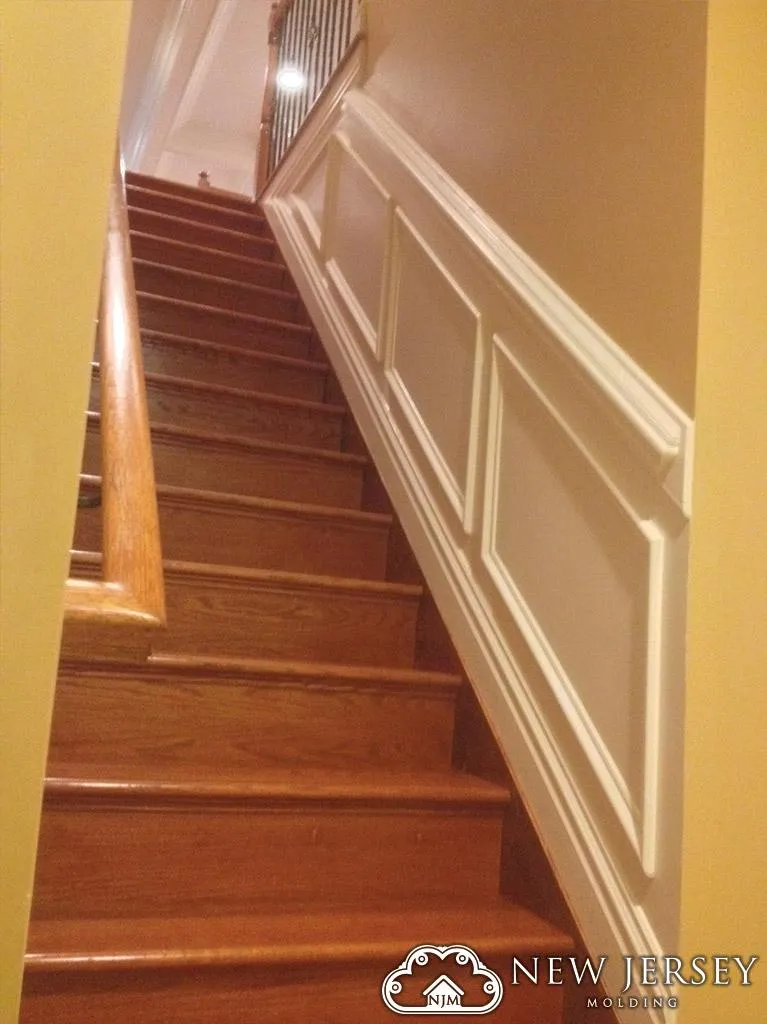
Chair Rail & Wainscoting
Traditional & modern styles
Durable finishes
Custom heights & paneling
Traditional & modern styles
Durable finishes
Custom heights & paneling
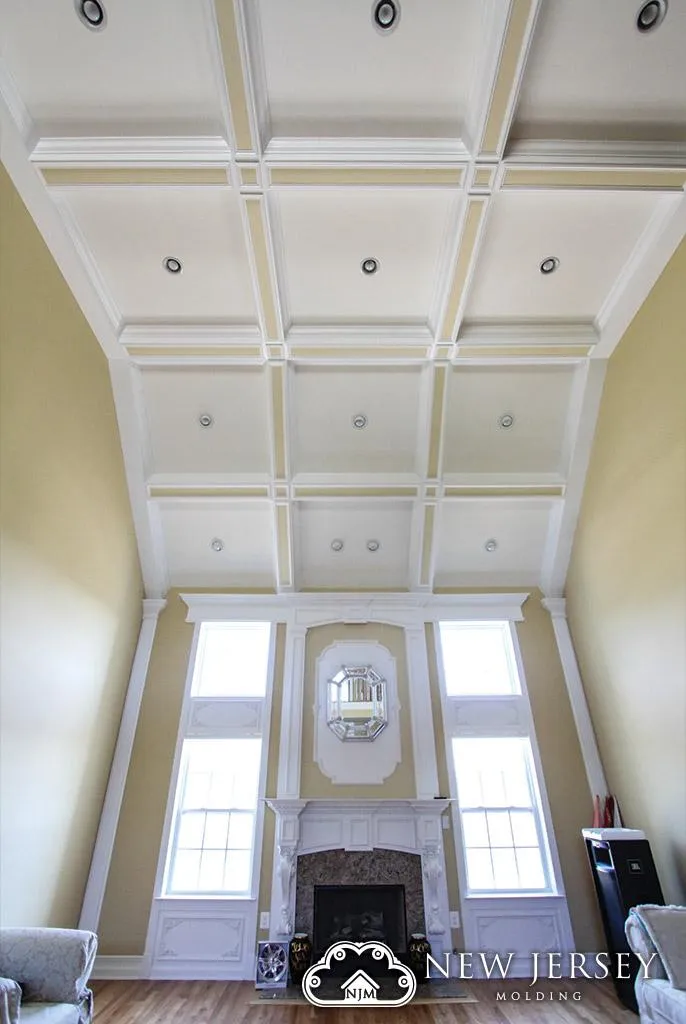
Coffered Ceiling
Transform ceilings into a statement with detailed coffered designs.
Custom patterns
Adds depth & dimension
Enhances acoustics

Doorway Molding
Refined doorway trim that frames and highlights entryways beautifully.
Elegant casings
Smooth transitions
Timeless or modern looks
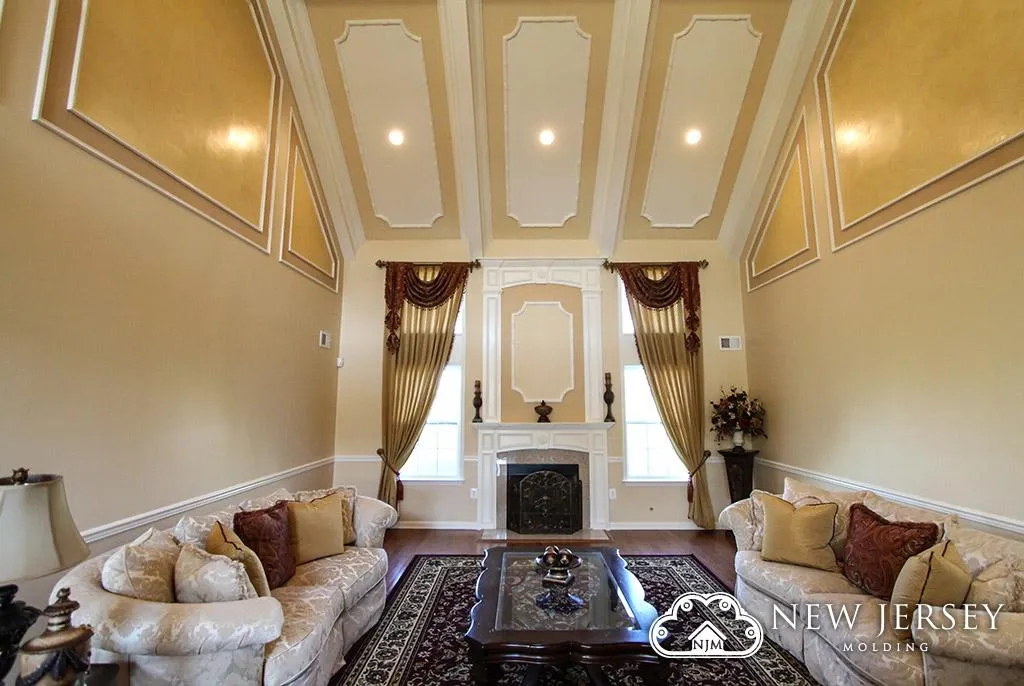
Fireplace Mantels
Custom mantels designed to turn your fireplace into a stunning focal point.
Classic & contemporary styles
High-quality
craftsmanship
Fully customizable
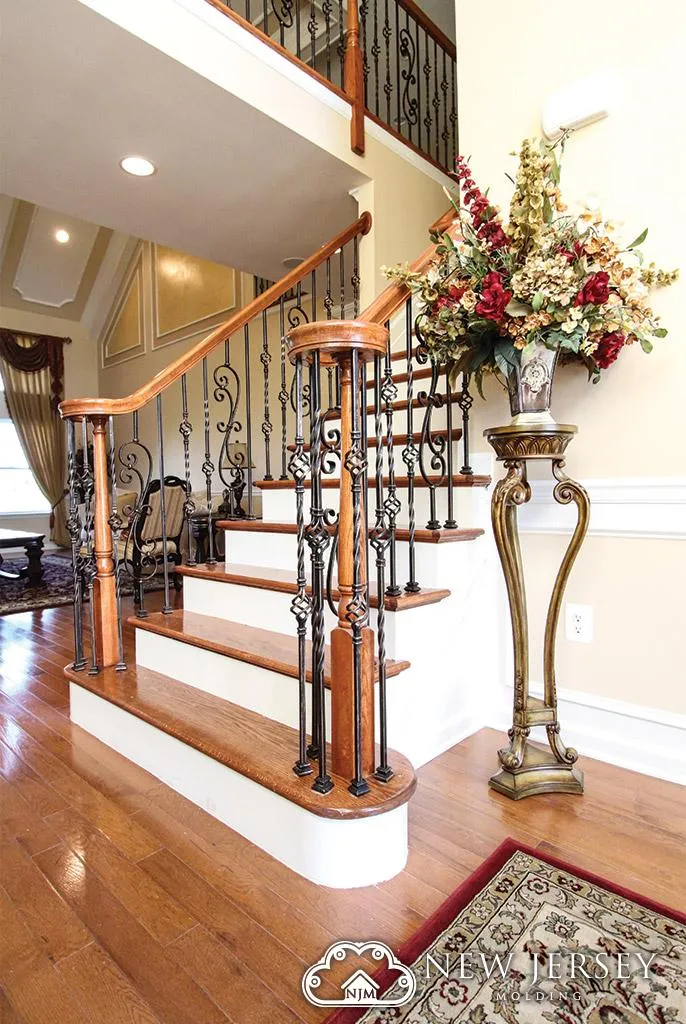
Metal Spindles
Durable and stylish spindles that elevate staircases with modern flair.
Wide design selection
Powder-coated finishes
Safe & long-lasting

Wall & Ceiling Design
Decorative wall and ceiling treatments that redefine your living space.
Intricate patterns
Custom textures & finishes
Adds character & uniqueness
Ready to Transform Your Space?
Get a personalized consultation and detailed quote for your project. We'll work with you to bring your vision to life.
Crafting Excellence Since 2005
New Jersey Molding has been transforming homes across the Garden State with premium millwork and custom molding solutions. Our team of skilled craftsmen combines traditional techniques with modern precision to deliver exceptional results.
From historic restorations to contemporary installations, we take pride in our attention to detail and commitment to quality. Every project is an opportunity to showcase our passion for fine craftsmanship.
Licensed & Insured
Fully licensed contractors with comprehensive insurance coverage
Premium Materials
We source only the finest hardwoods and materials for lasting beauty
Custom Solutions
Every project is tailored to your specific needs and style preferences

18+
Years of Experience
500+
Projects Completed
Successful installations across New Jersey
18+
Years Experience
Decades of craftsmanship expertise
100%
On-Time Delivery
Reliable project completion
5-Year
Warranty
Guaranteed workmanship quality
Our Portfolio
Explore our collection of completed projects showcasing the quality and craftsmanship that sets New Jersey Molding apart.
Our Portfolio
Explore our collection of completed projects showcasing the quality and craftsmanship that sets New Jersey Molding apart.
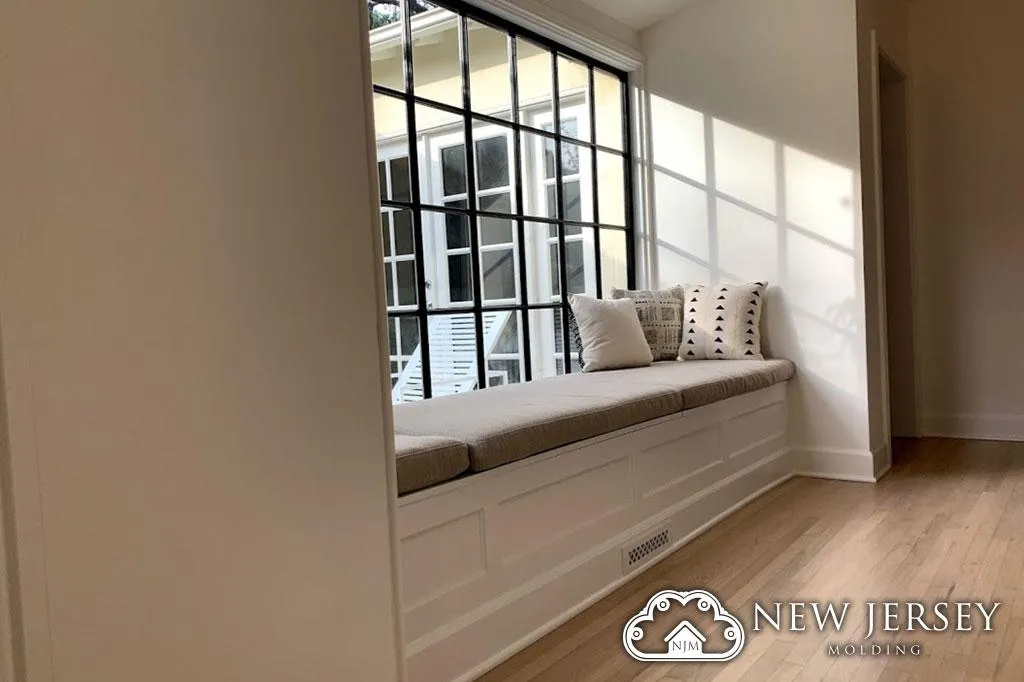
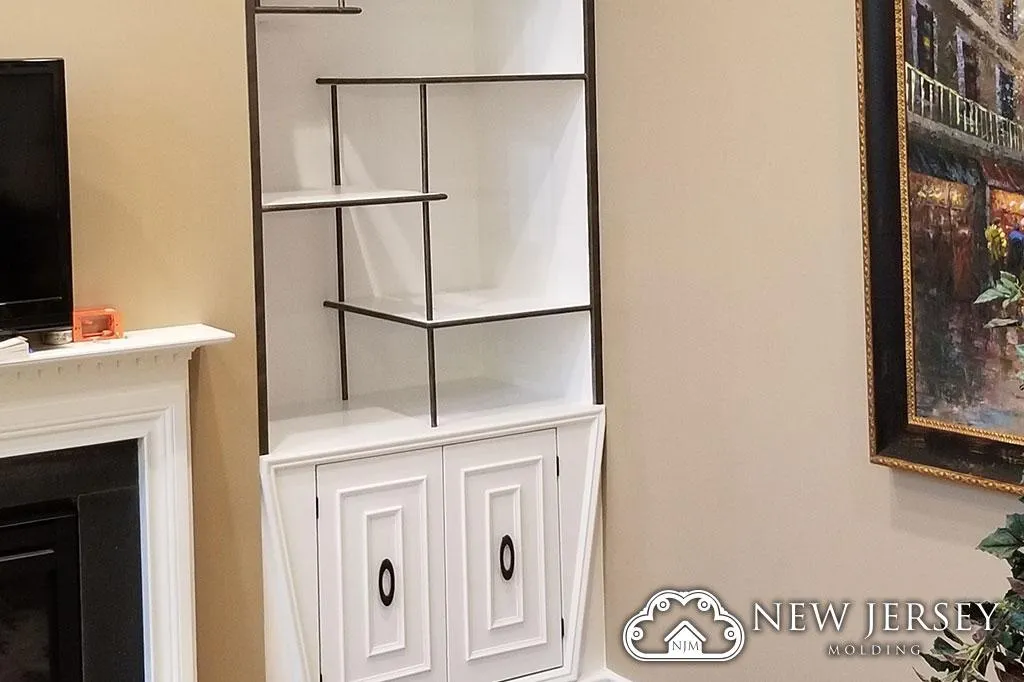
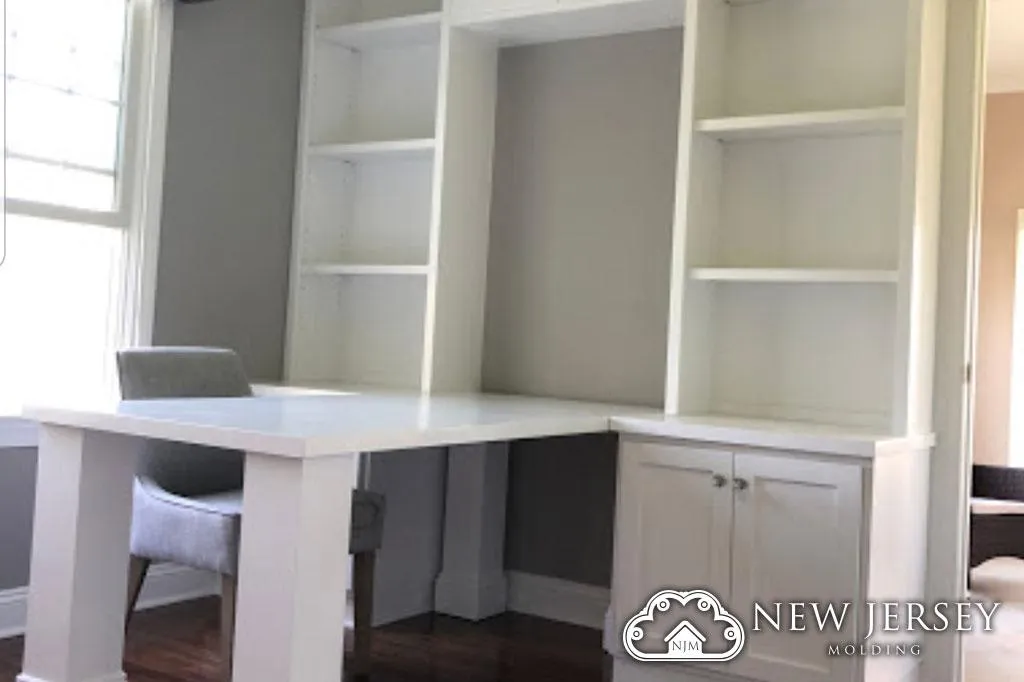

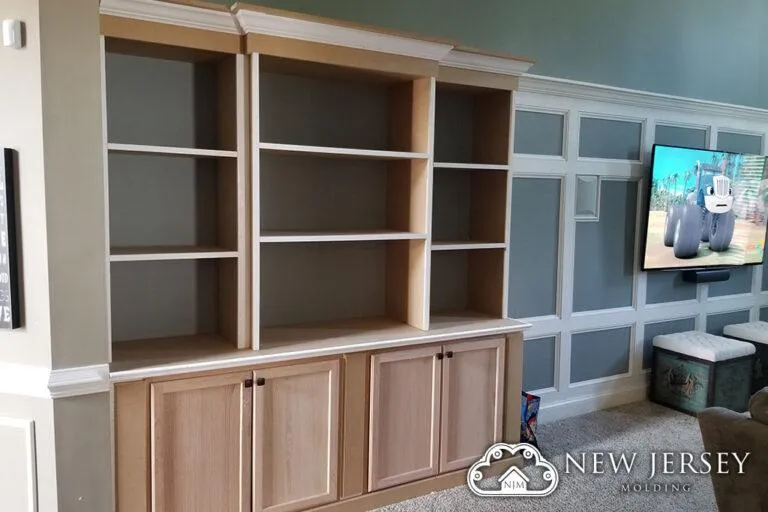

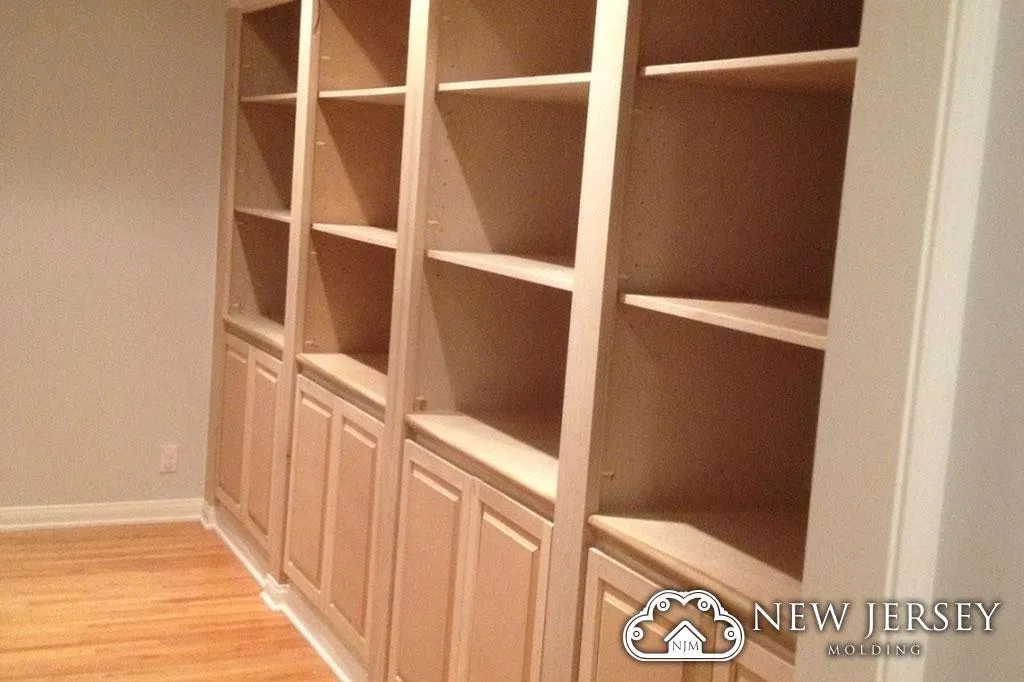

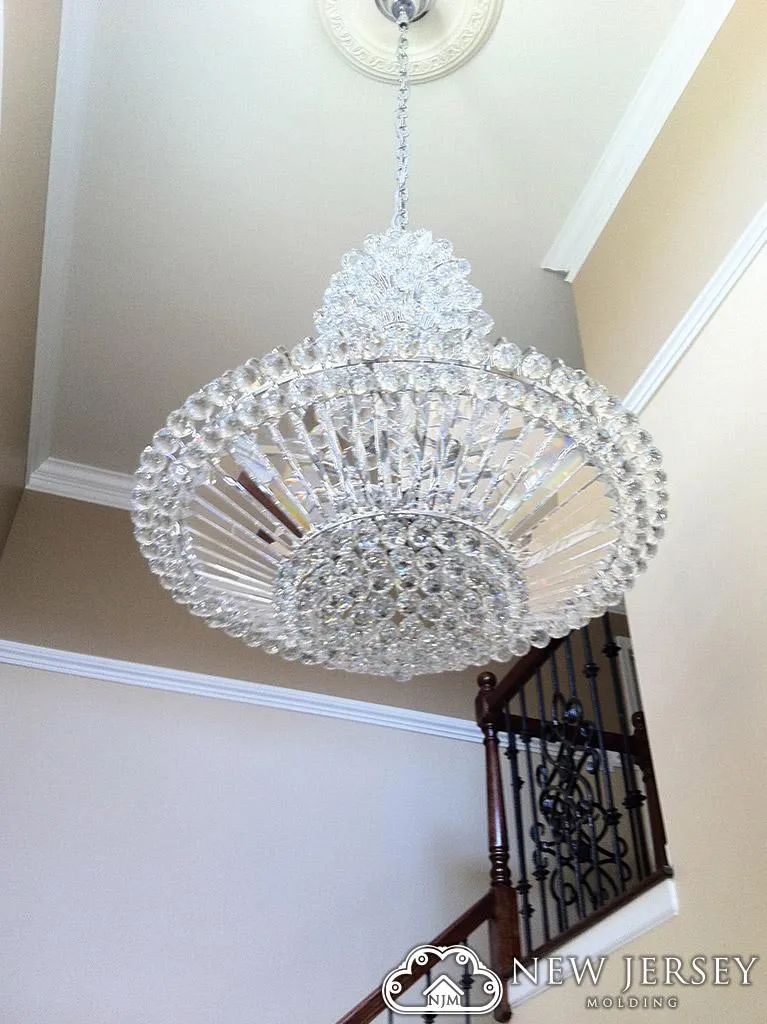
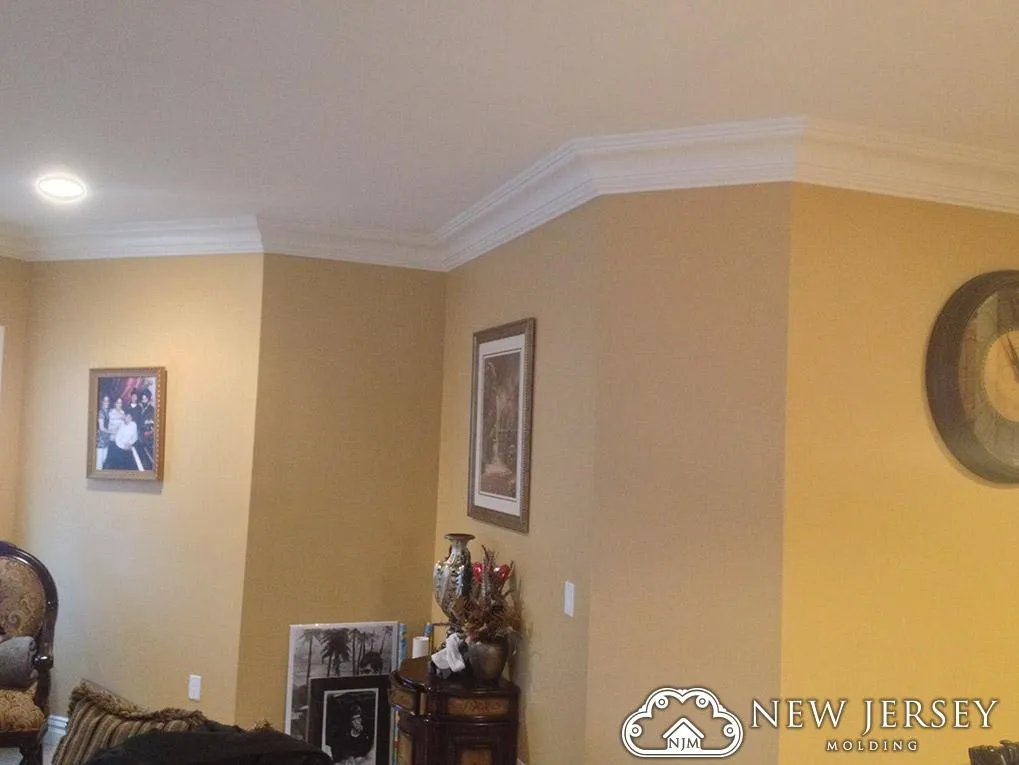
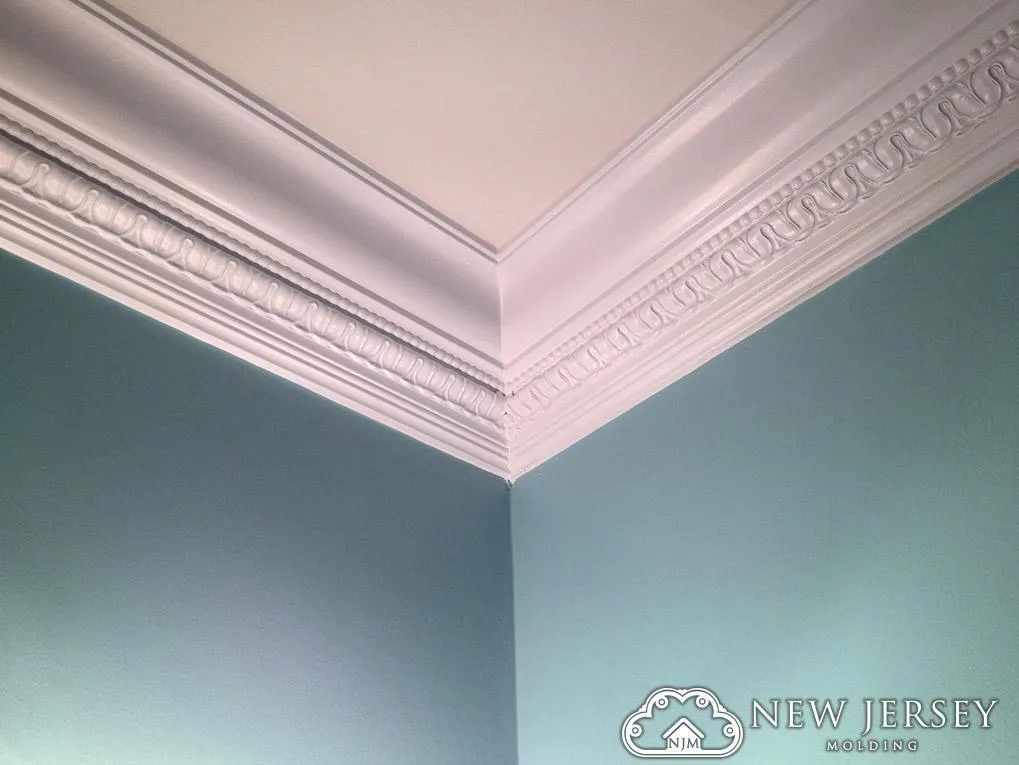


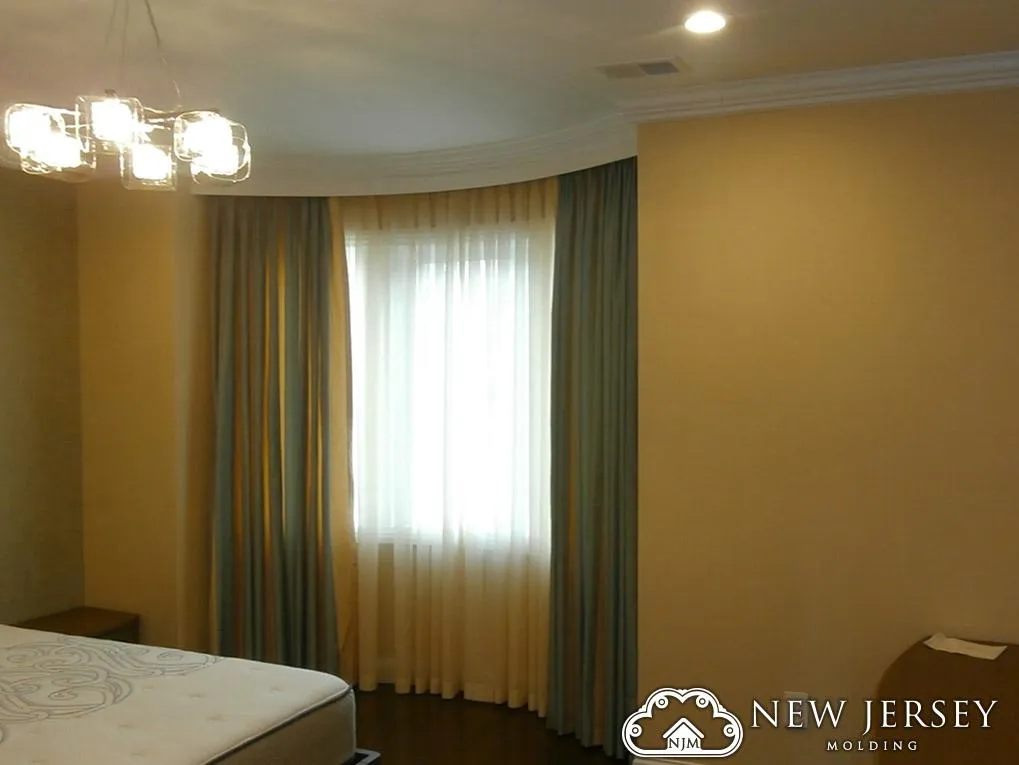

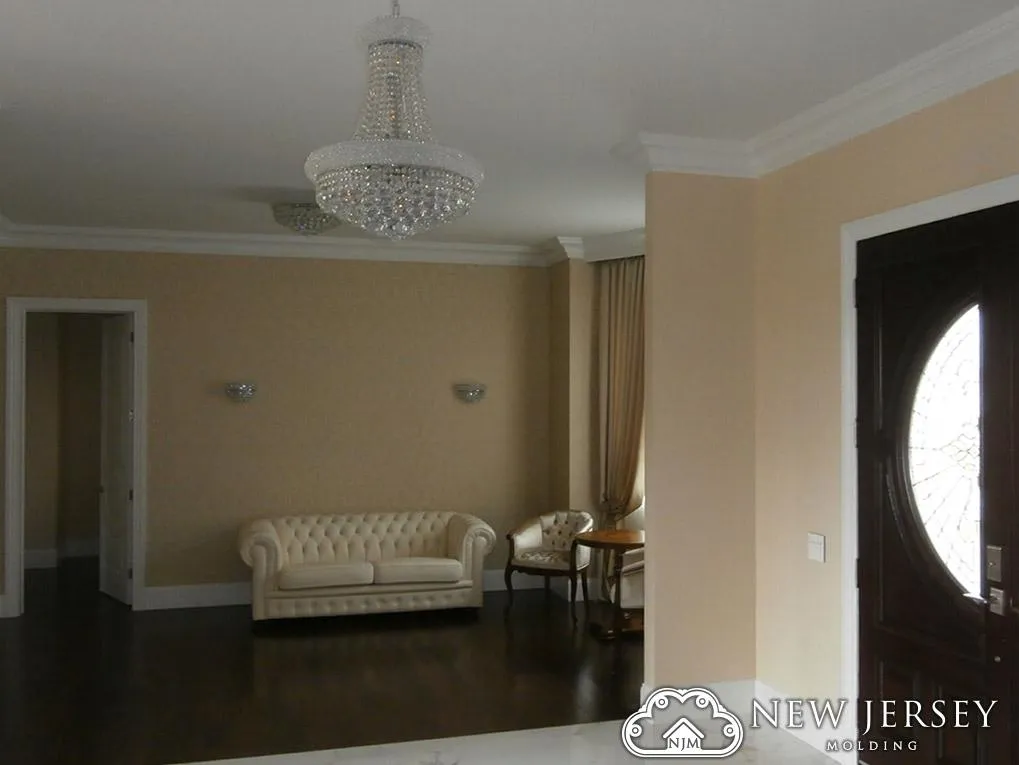

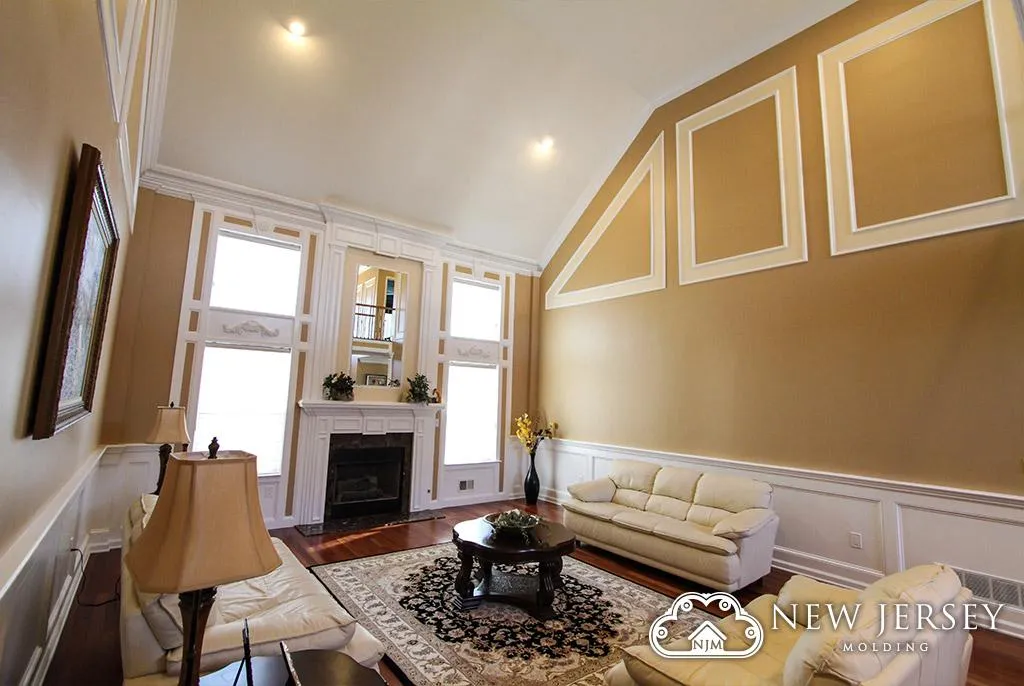
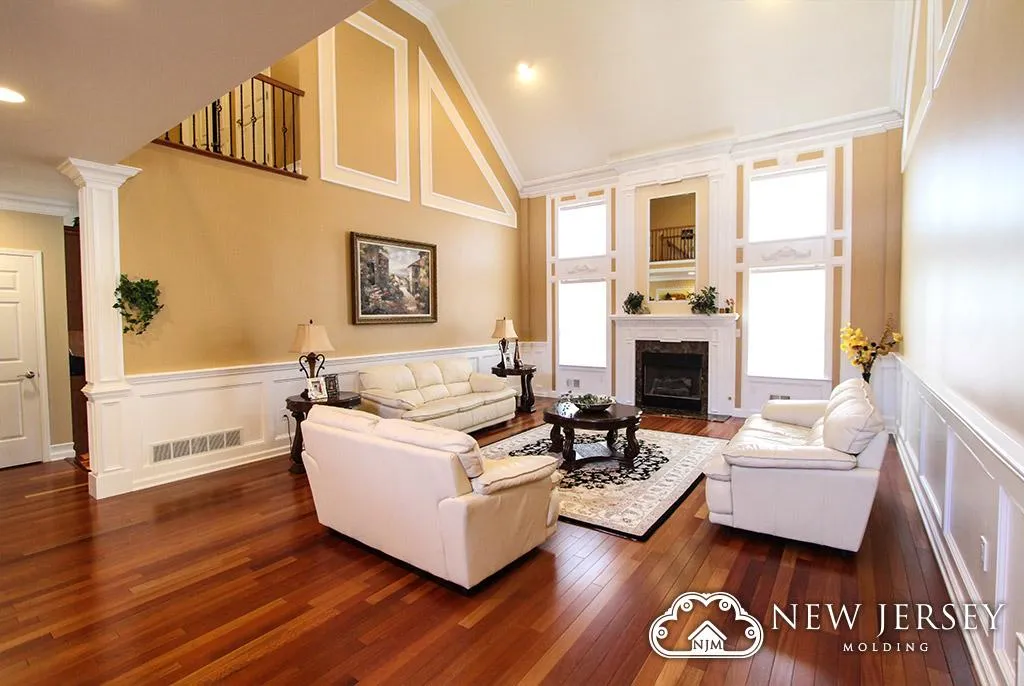
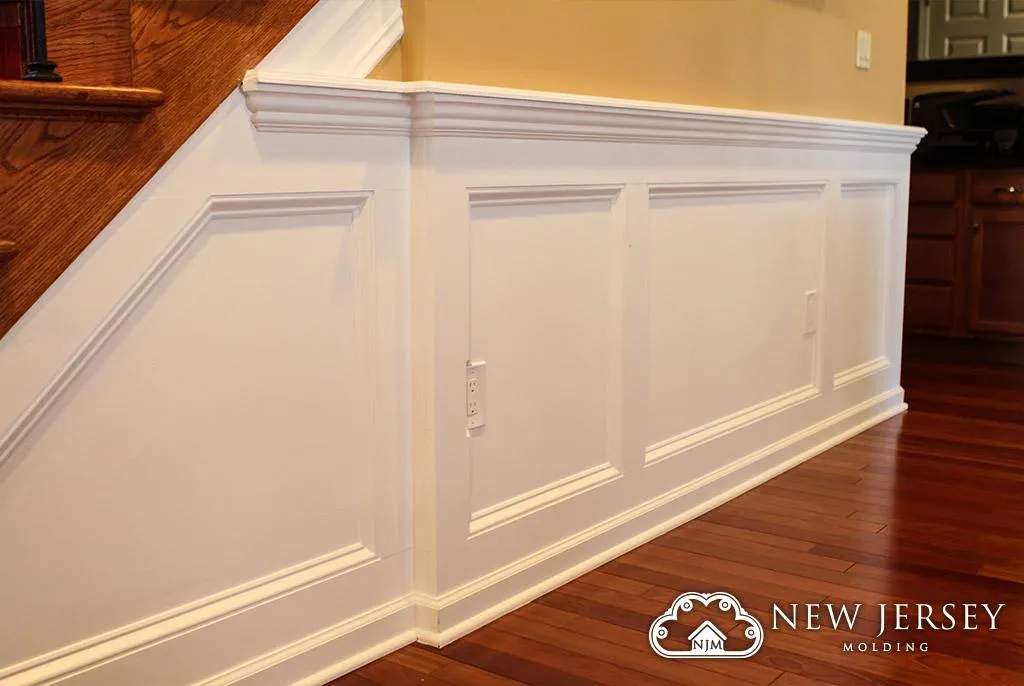
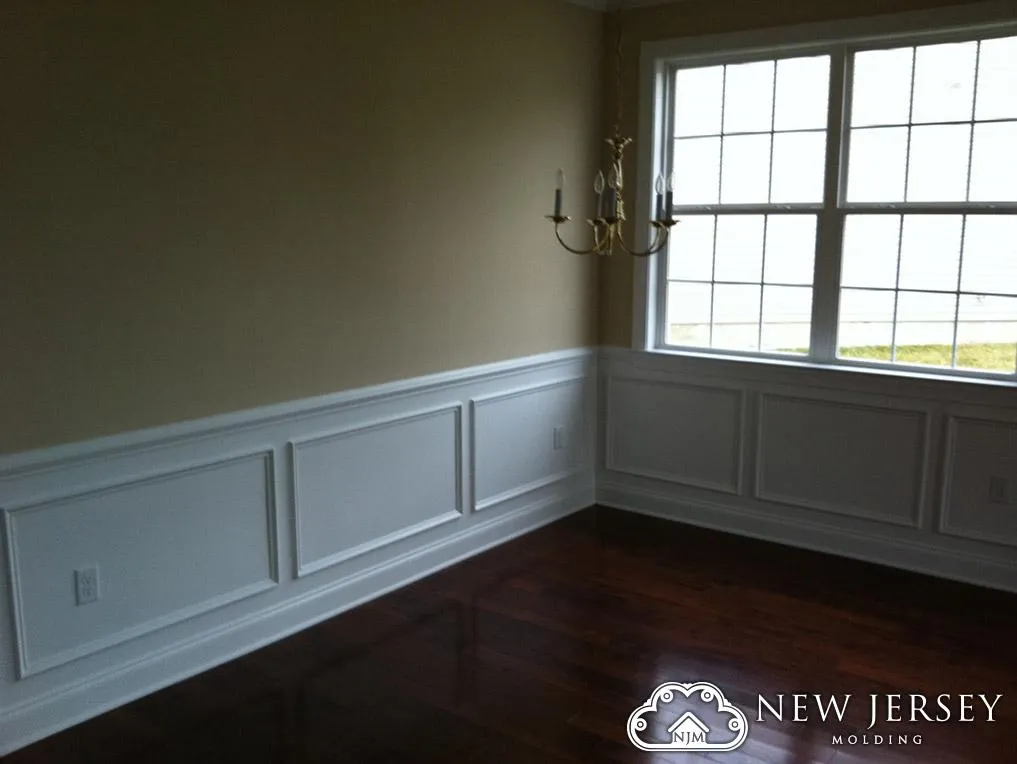
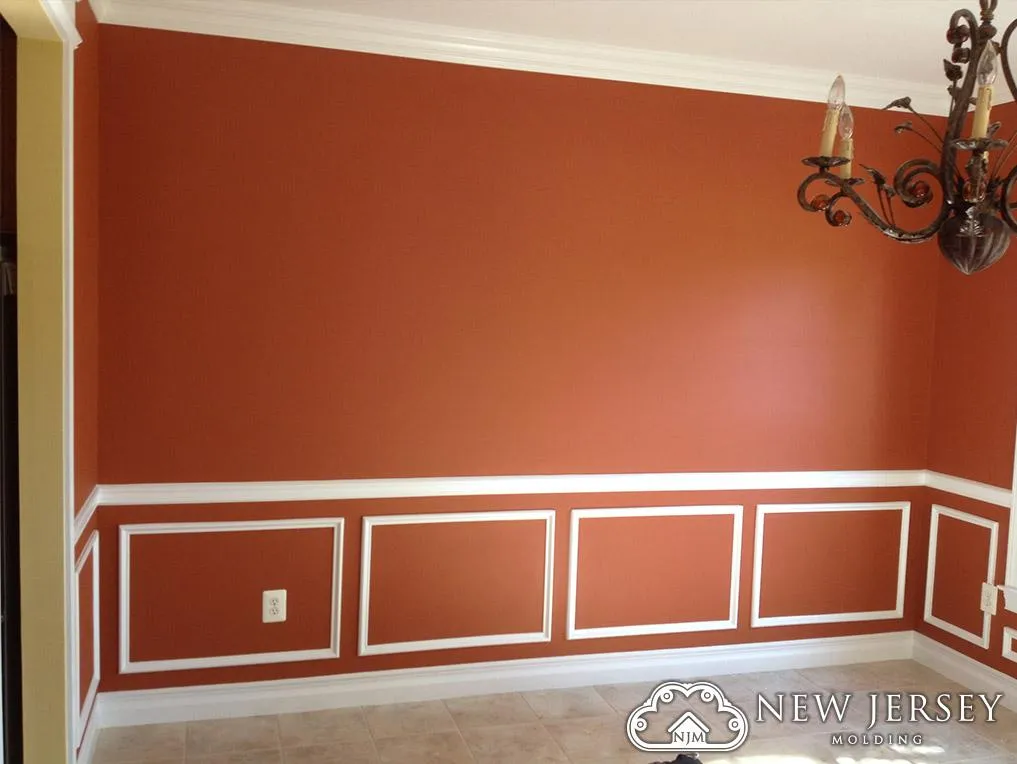

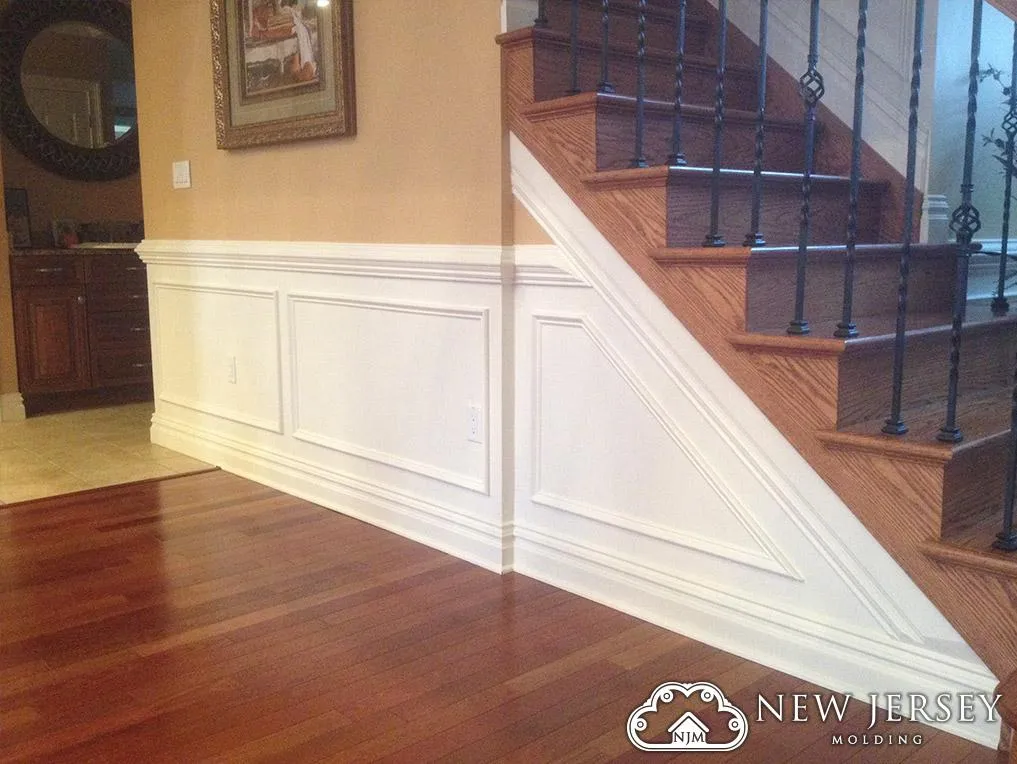
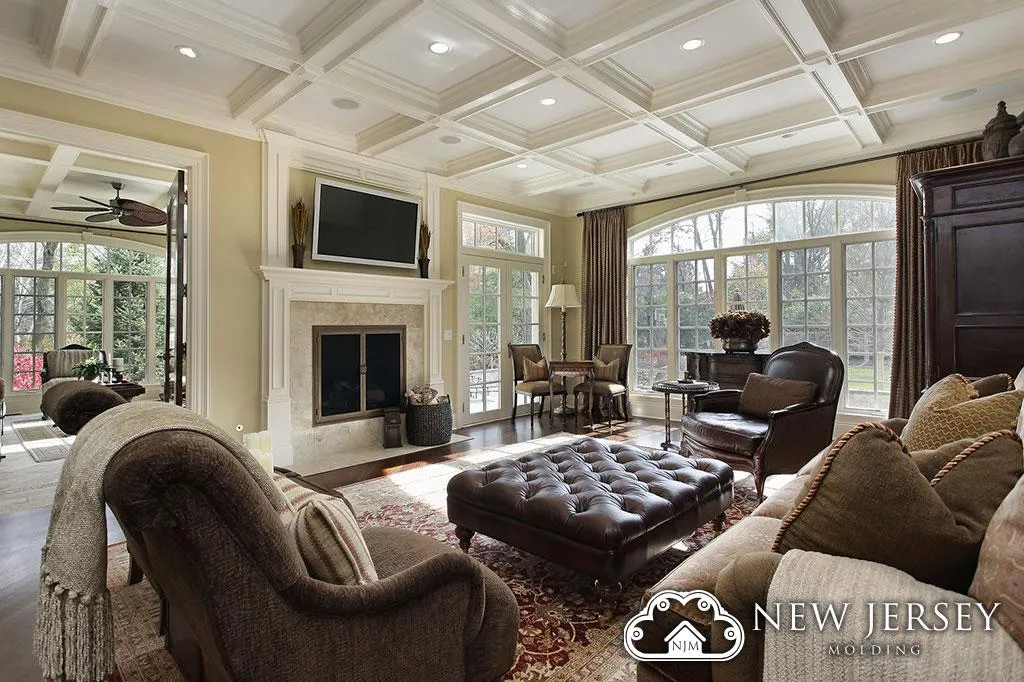
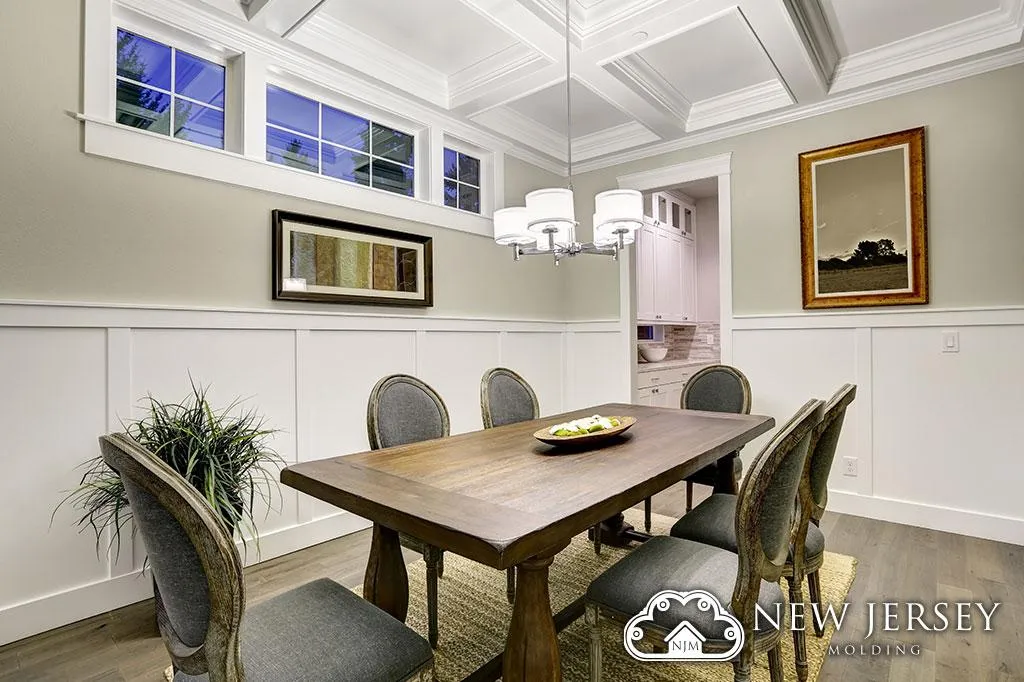
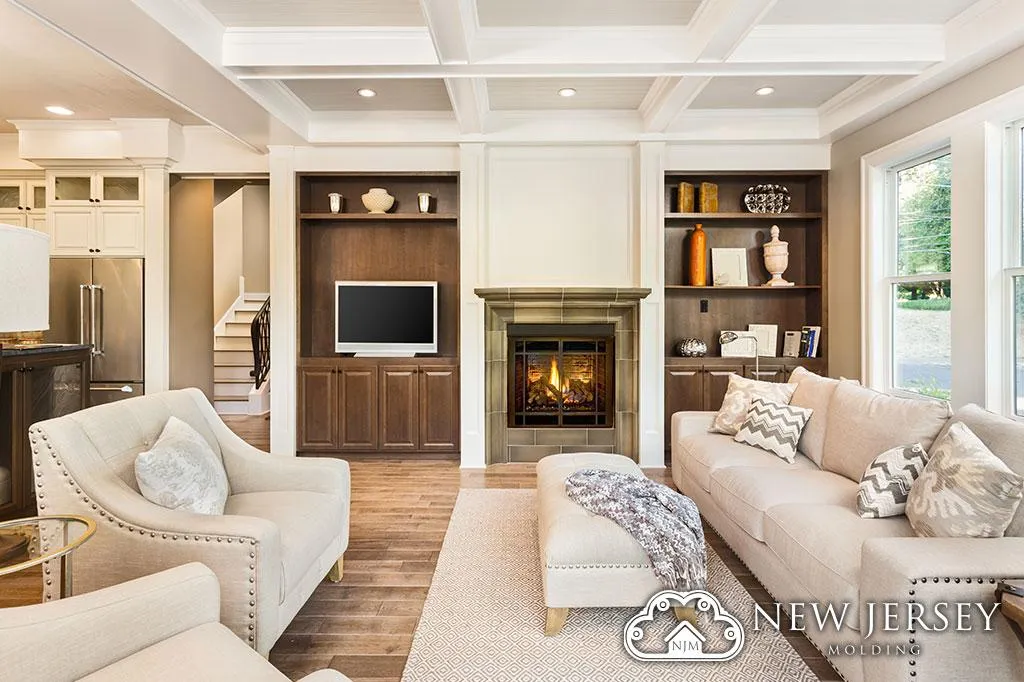

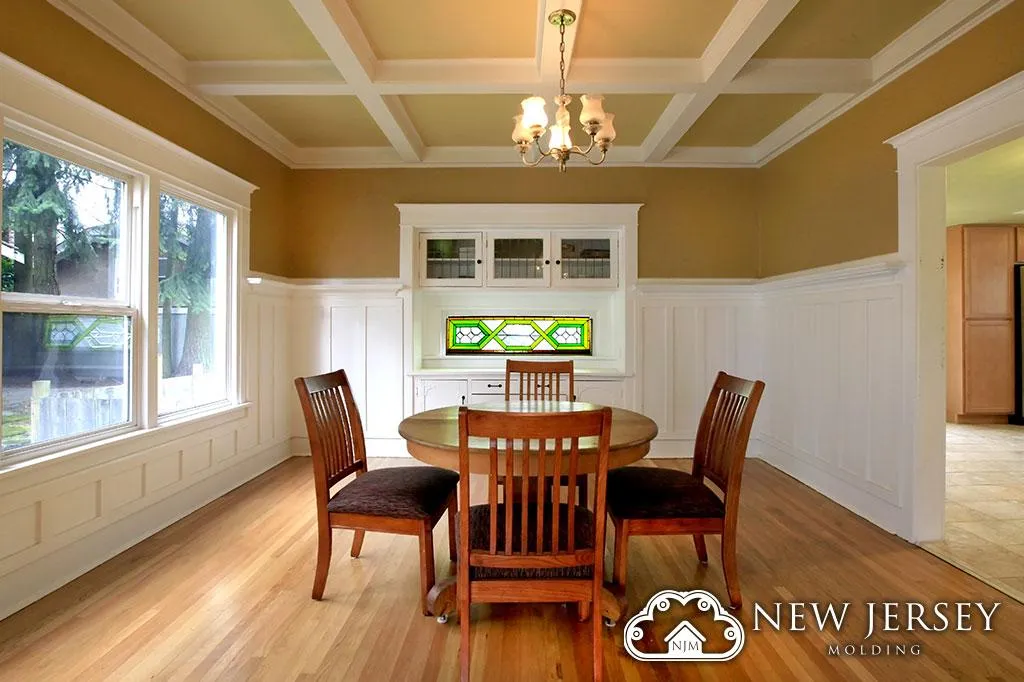
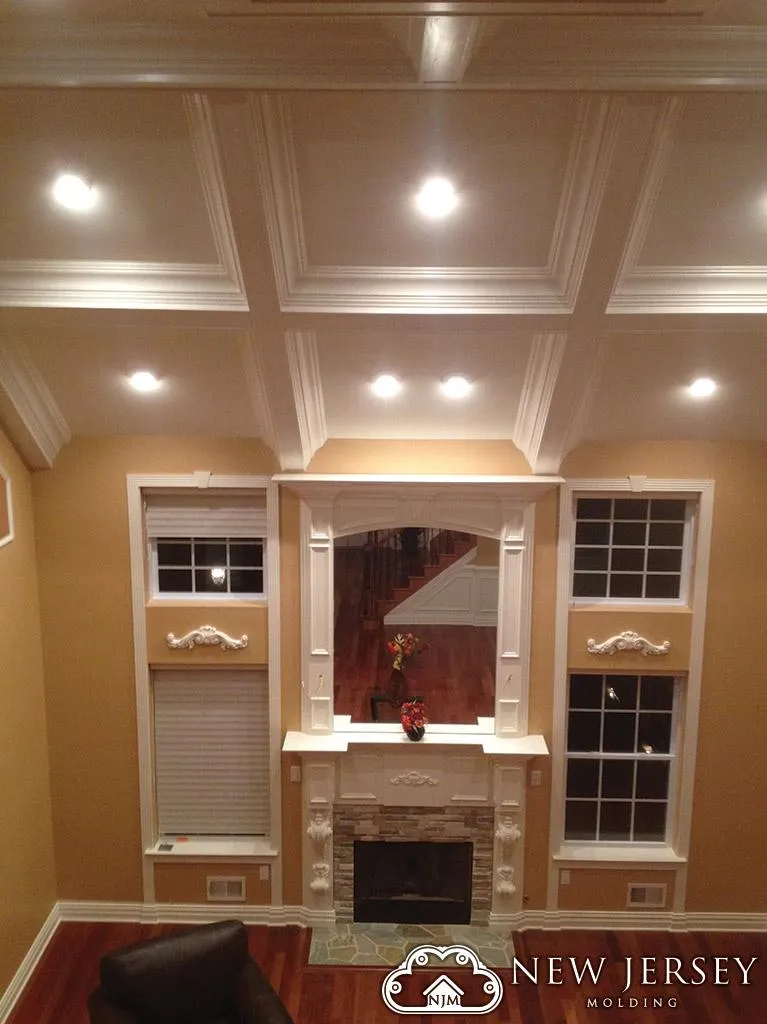
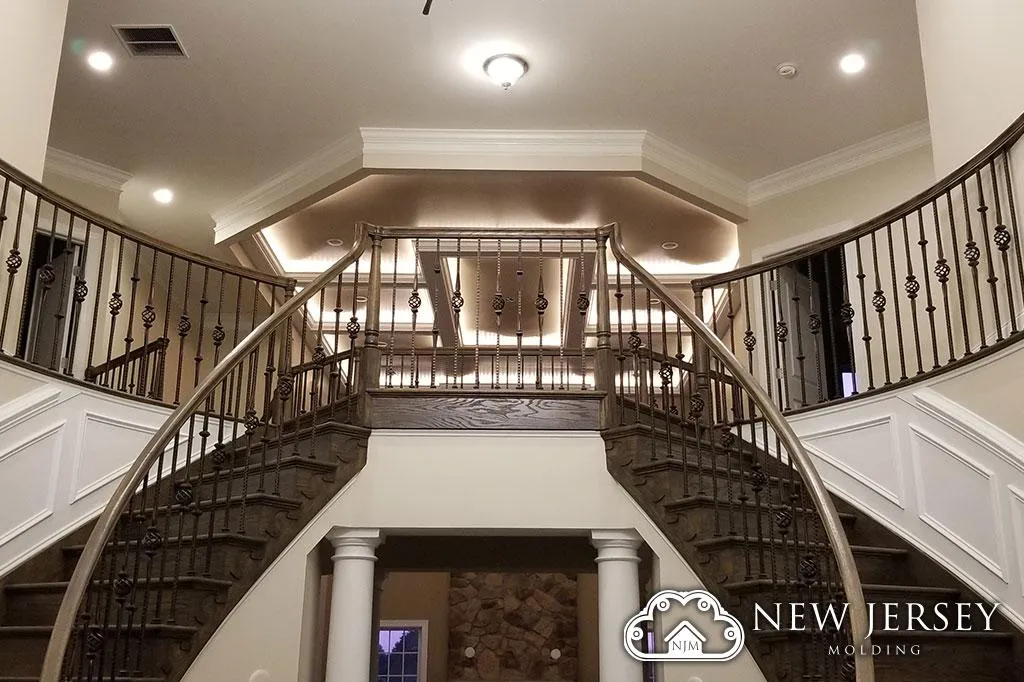
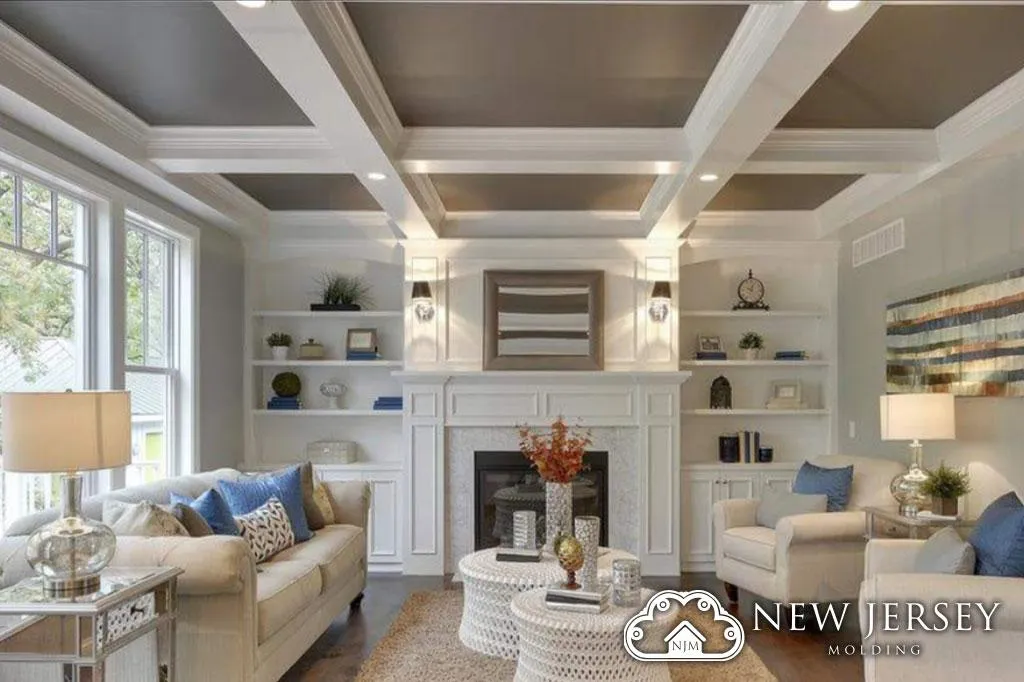
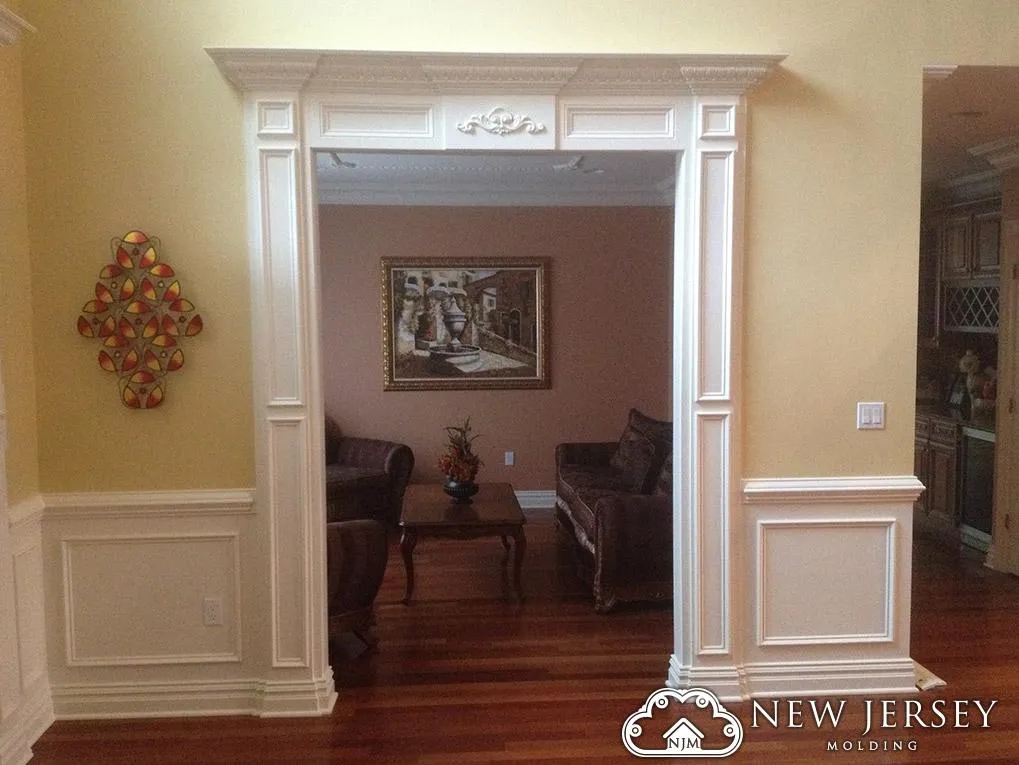
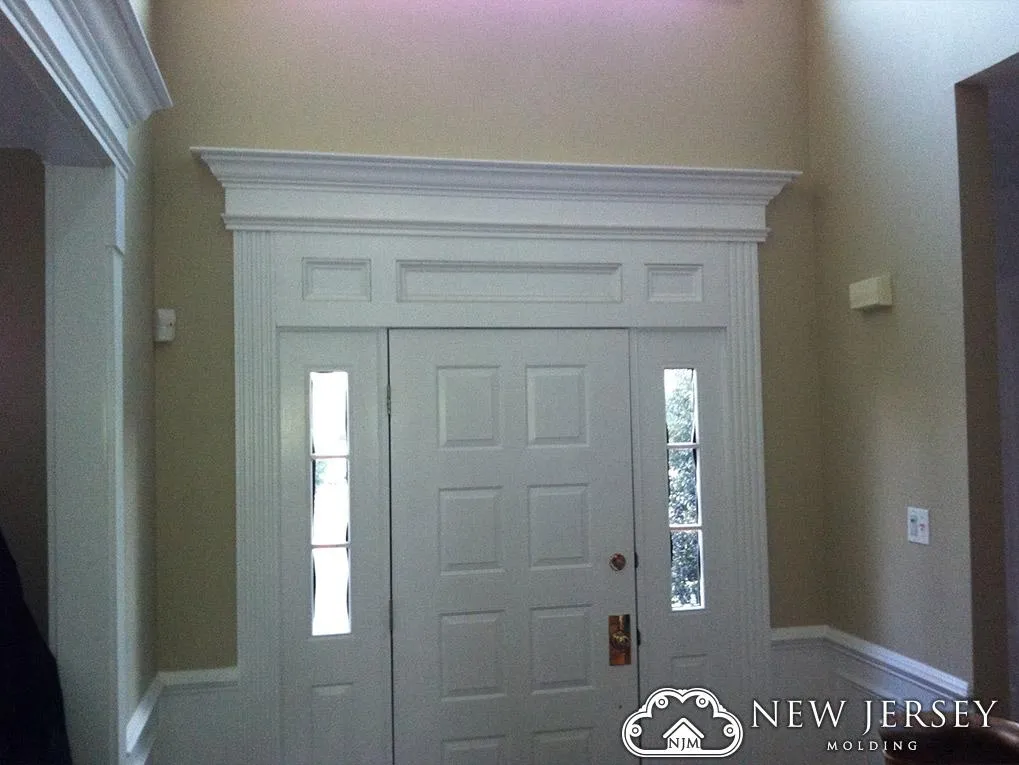
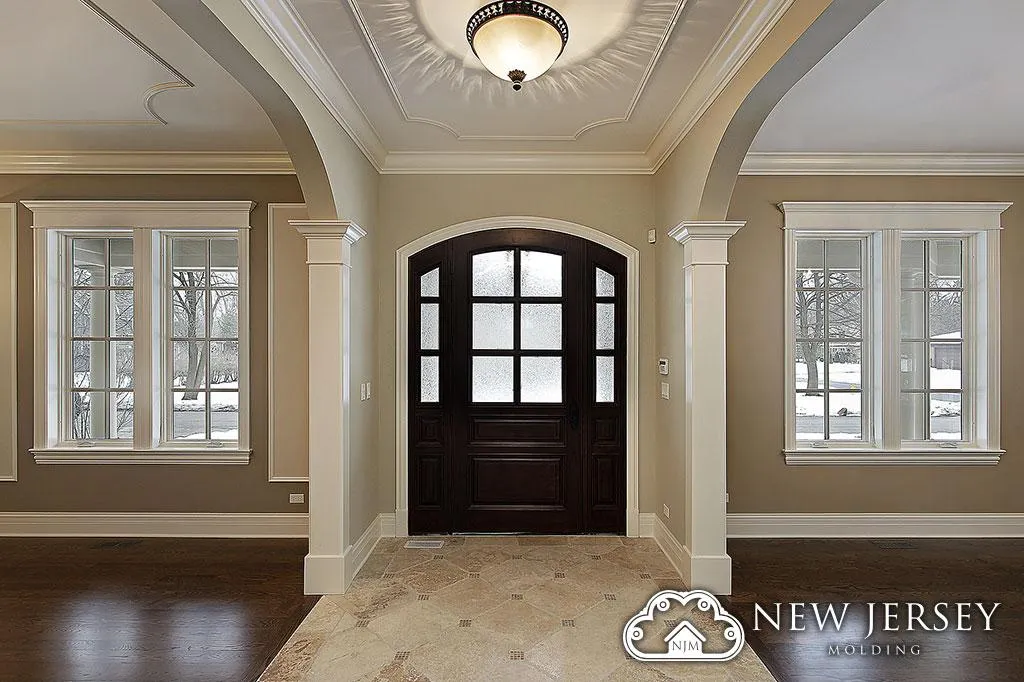
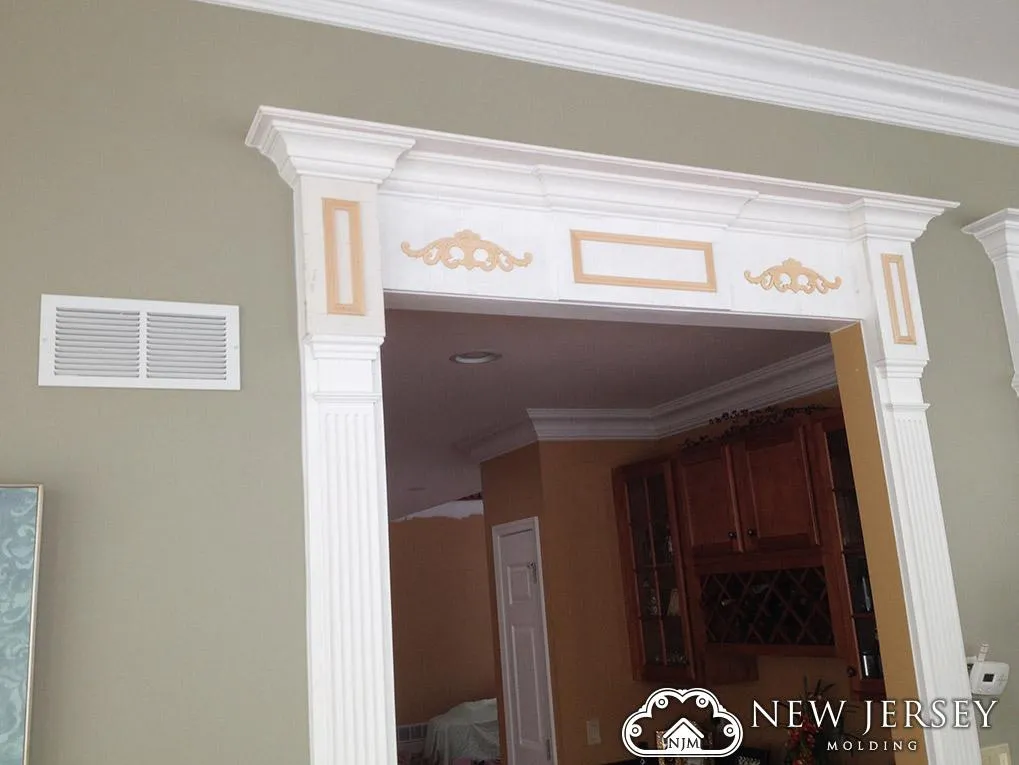
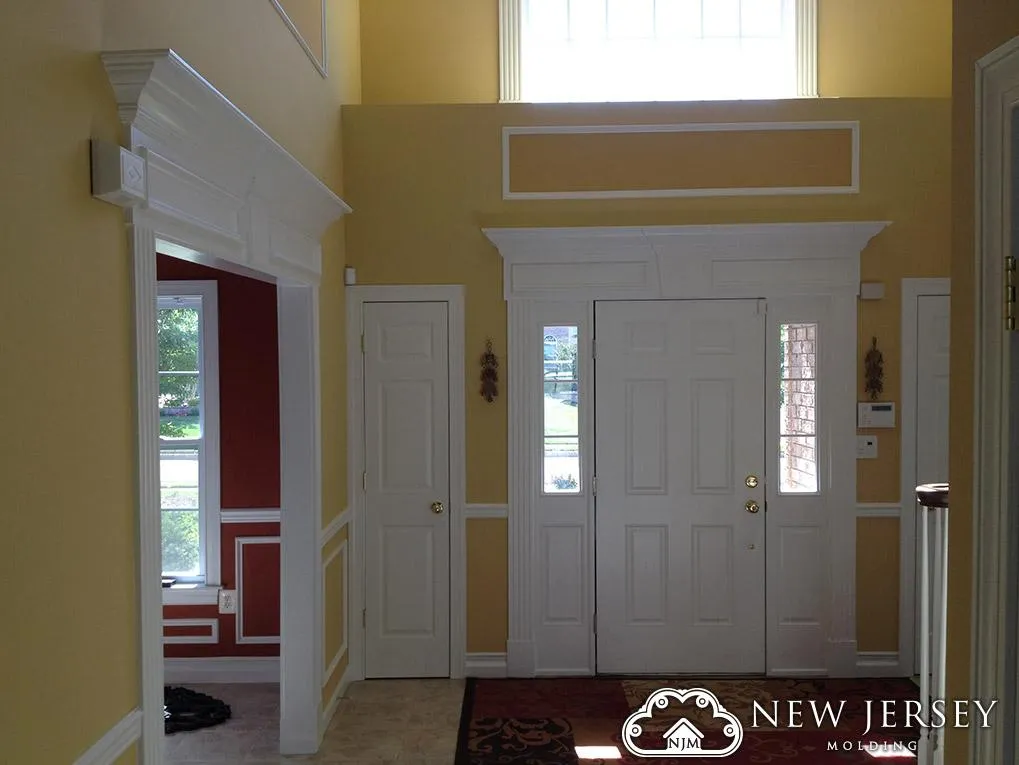
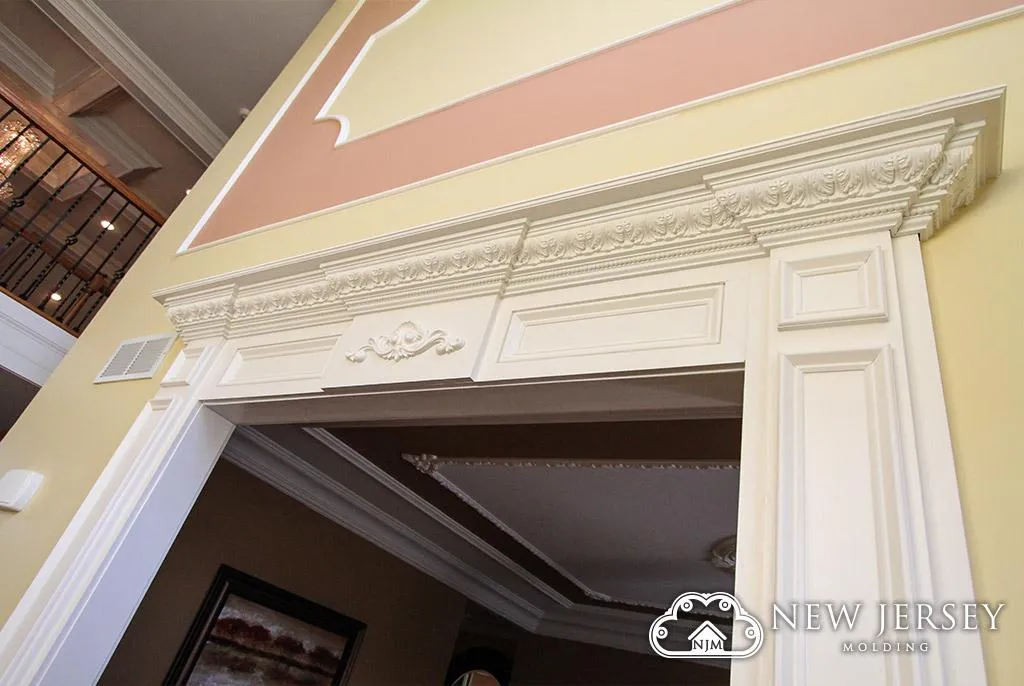
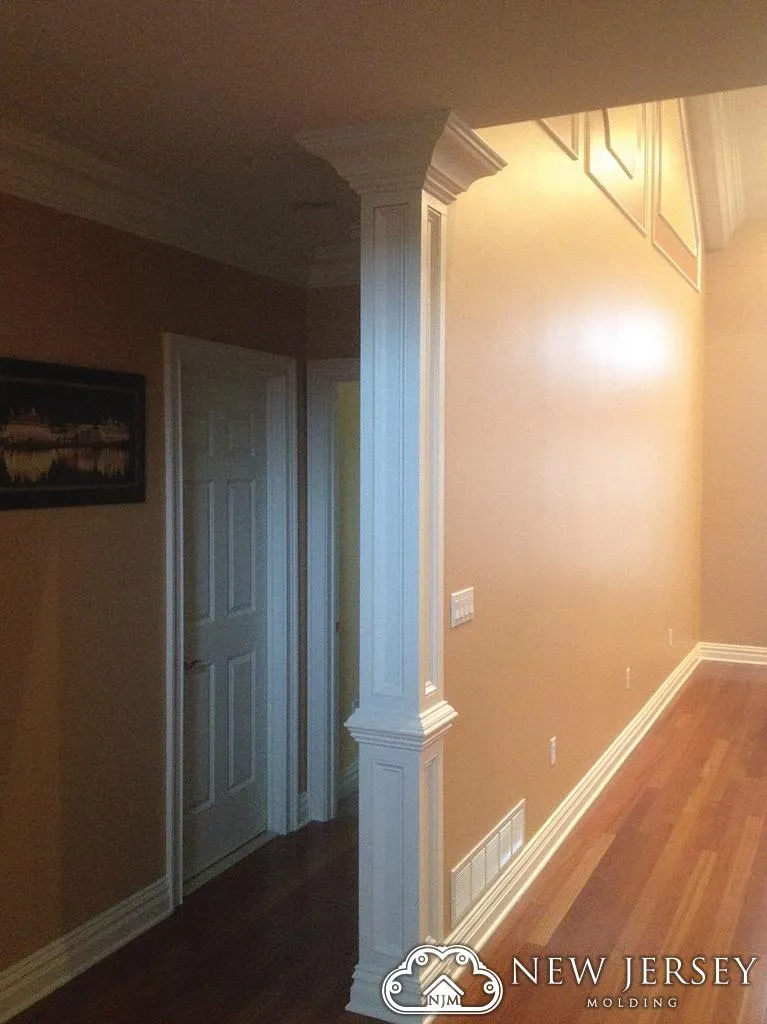

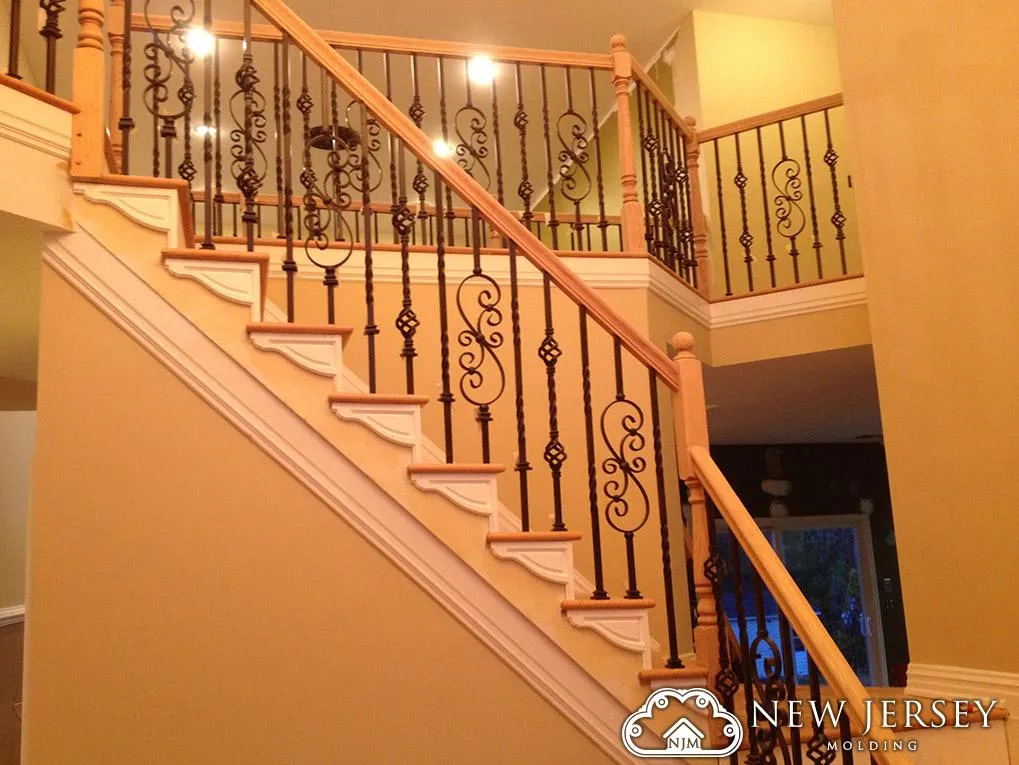
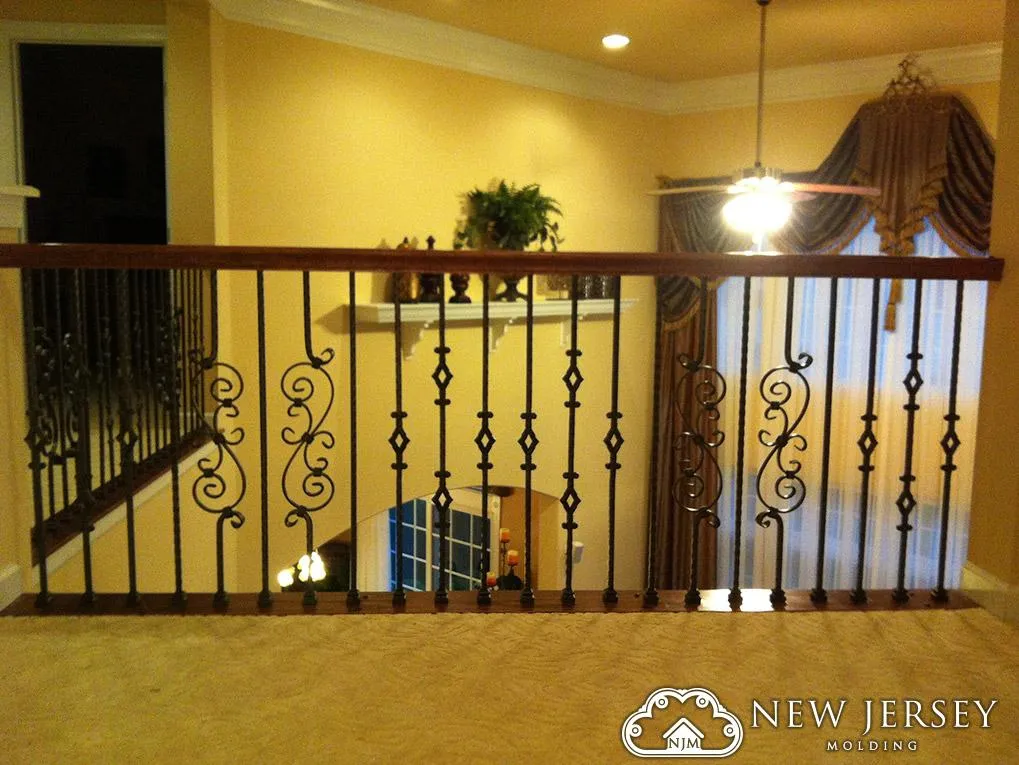
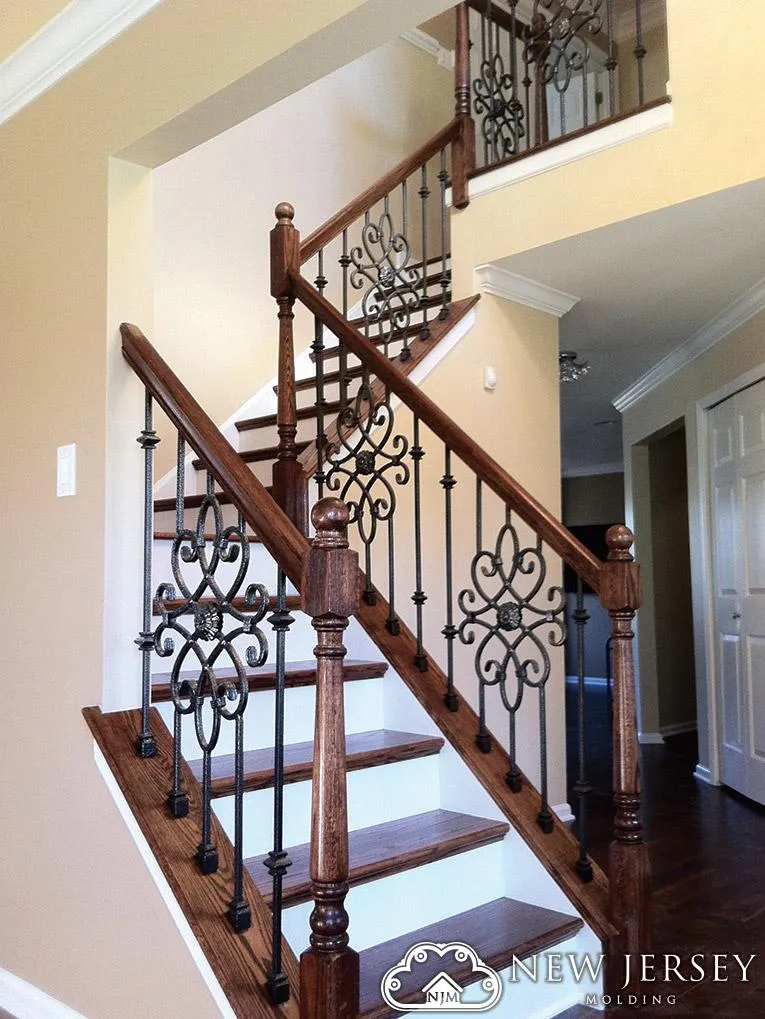

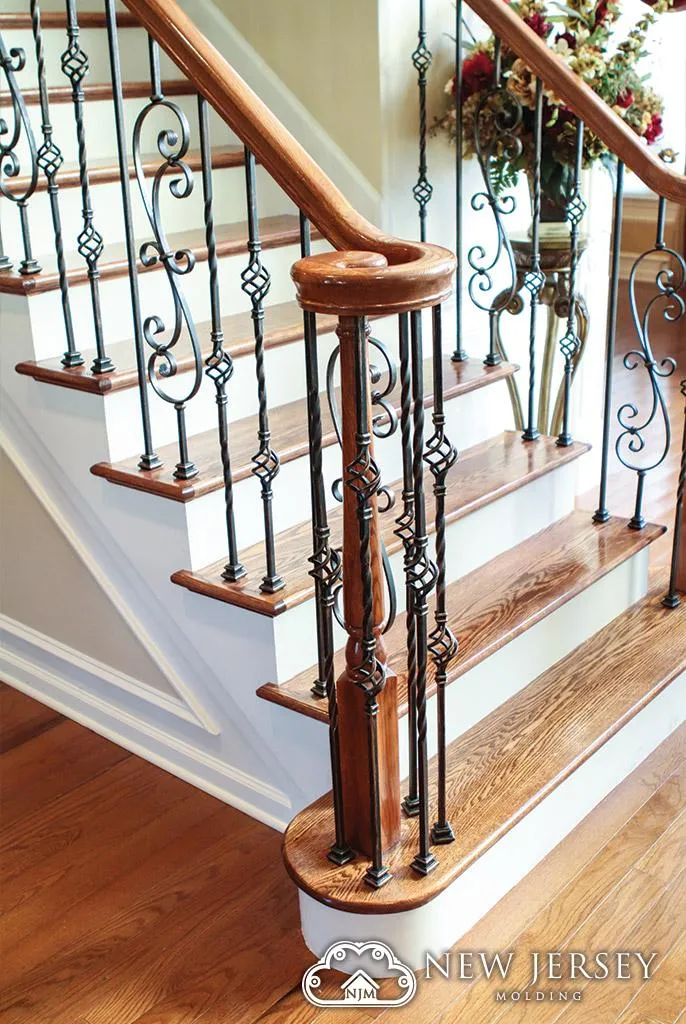

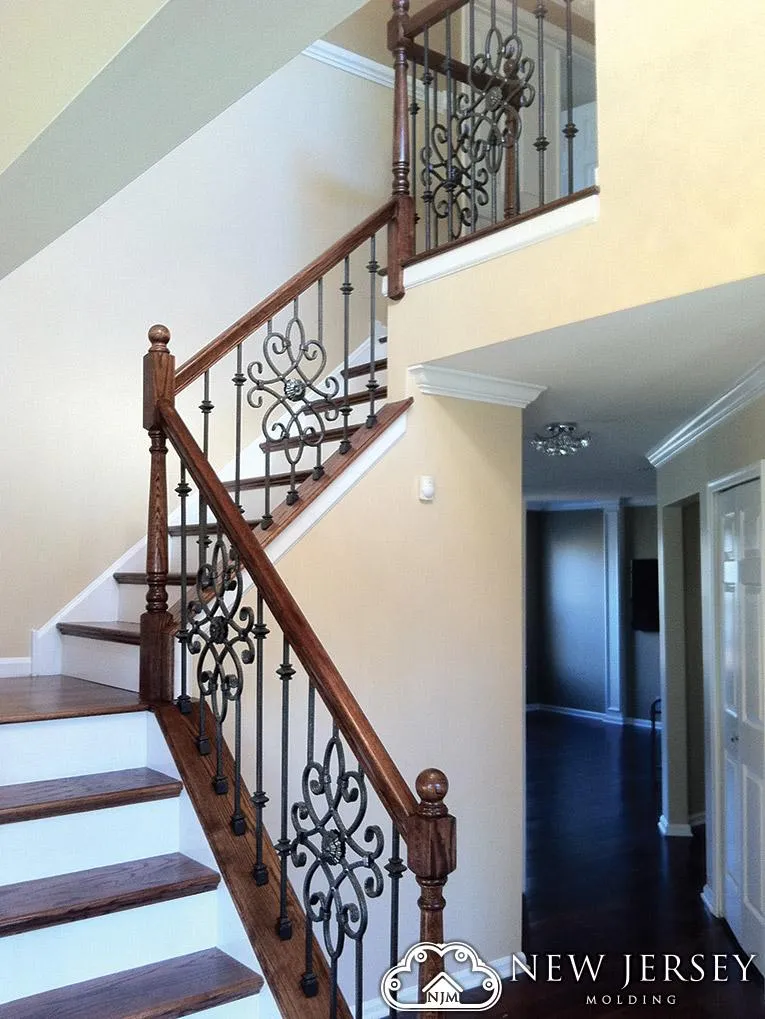
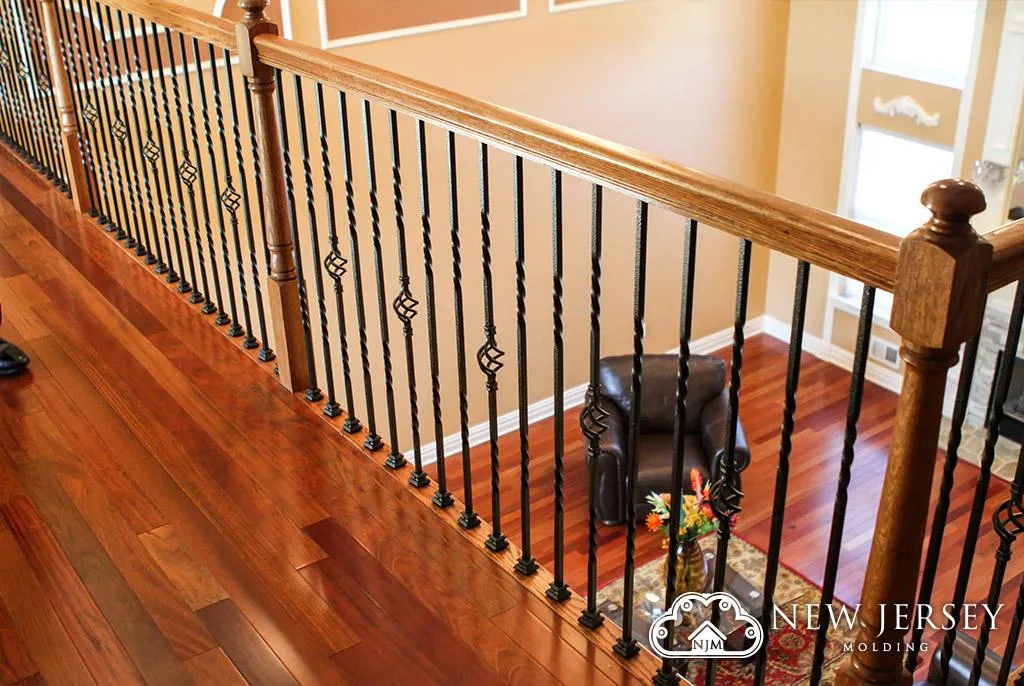

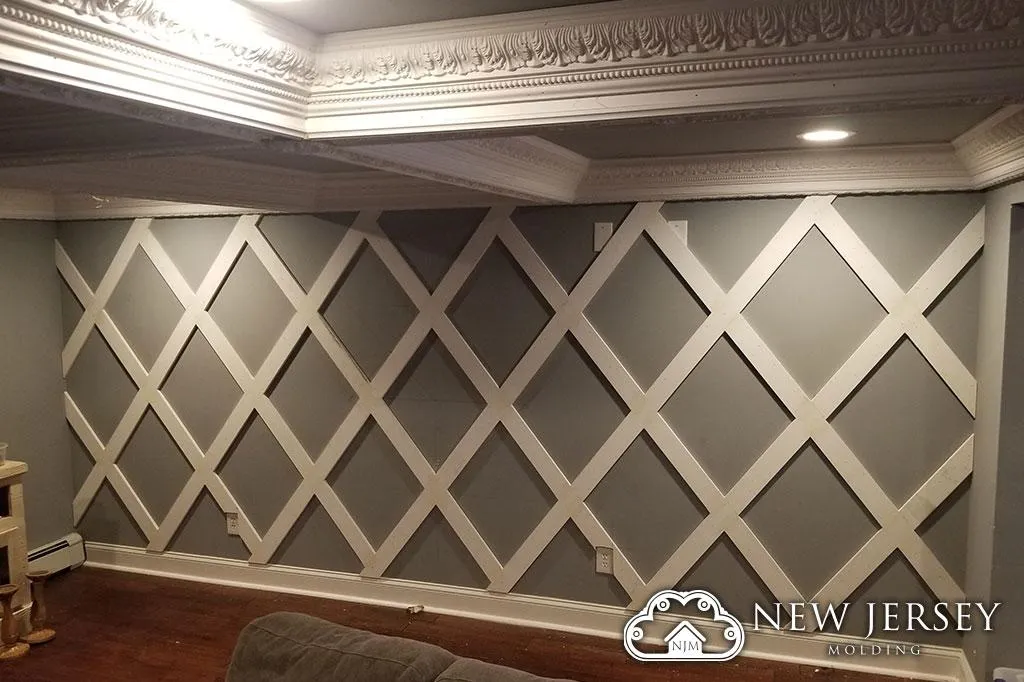
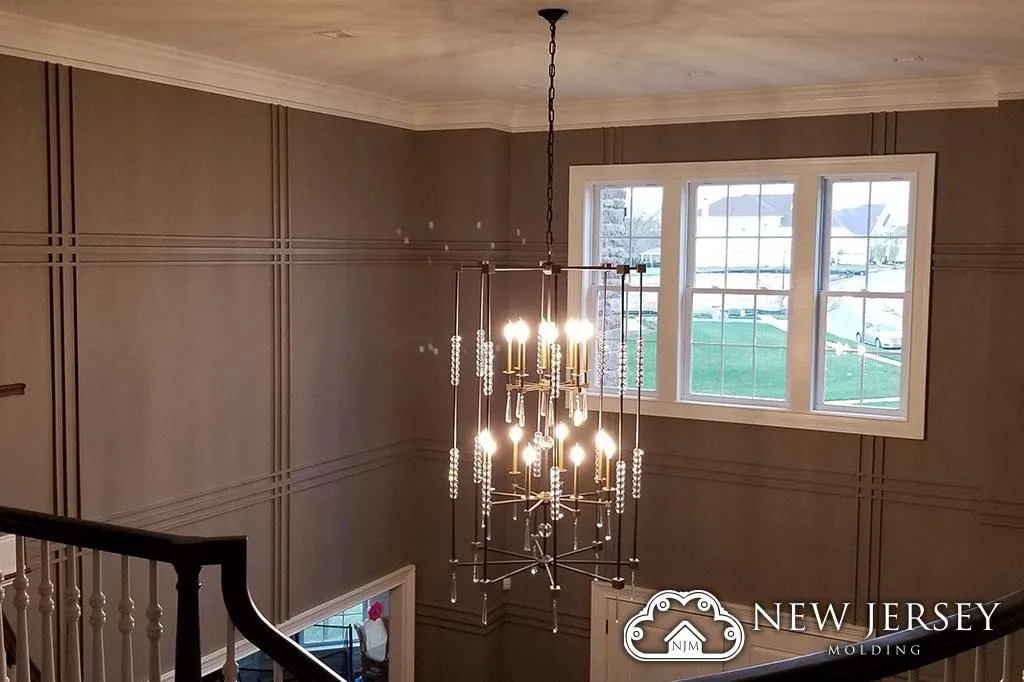
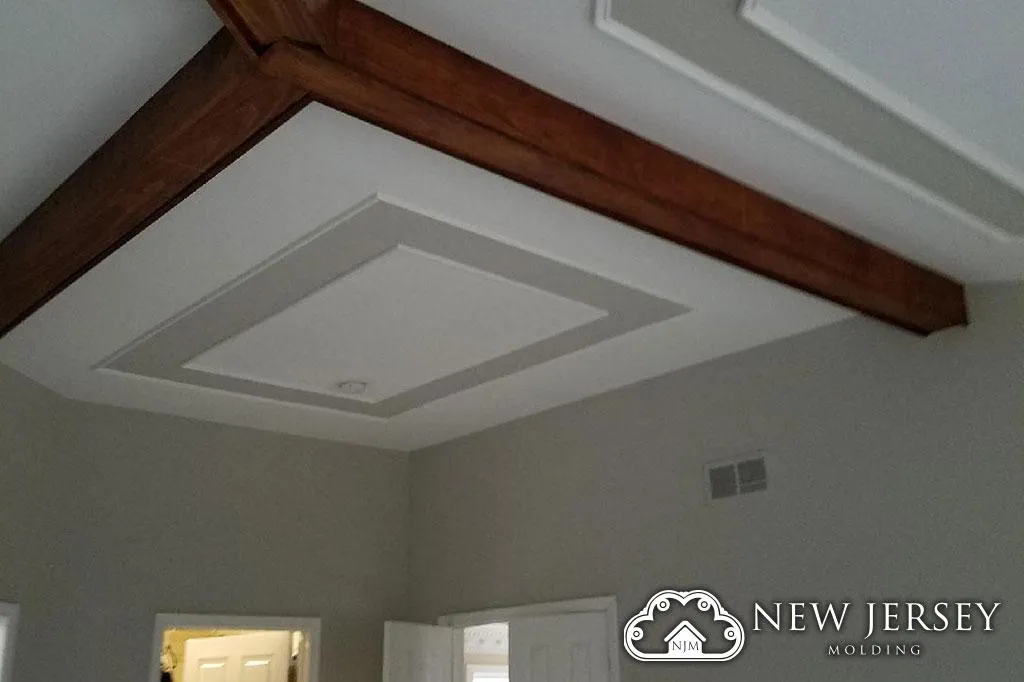
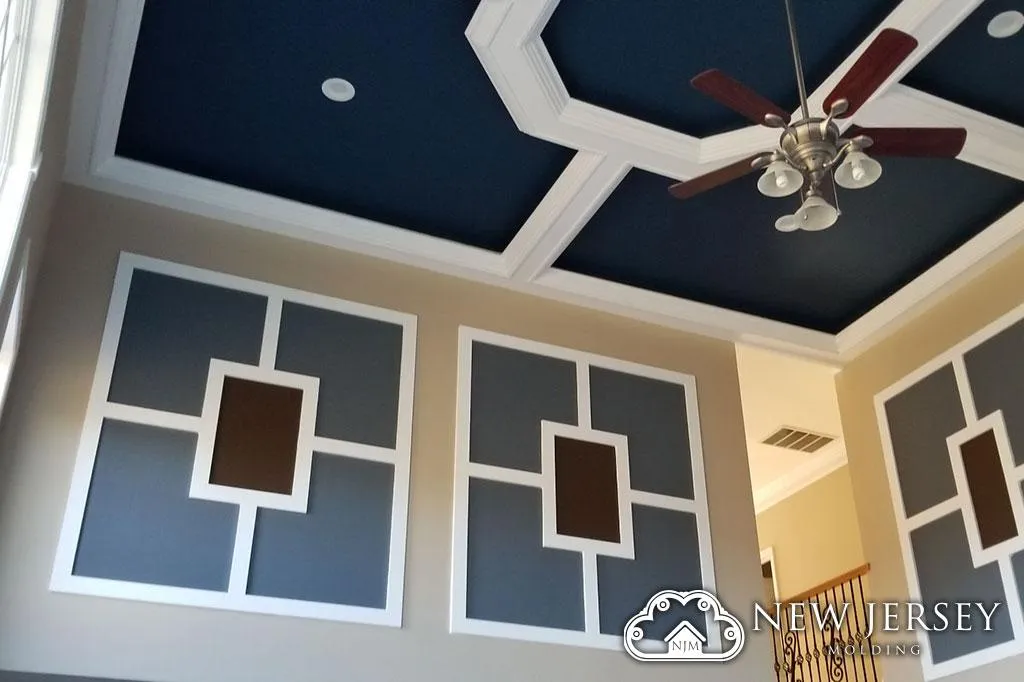
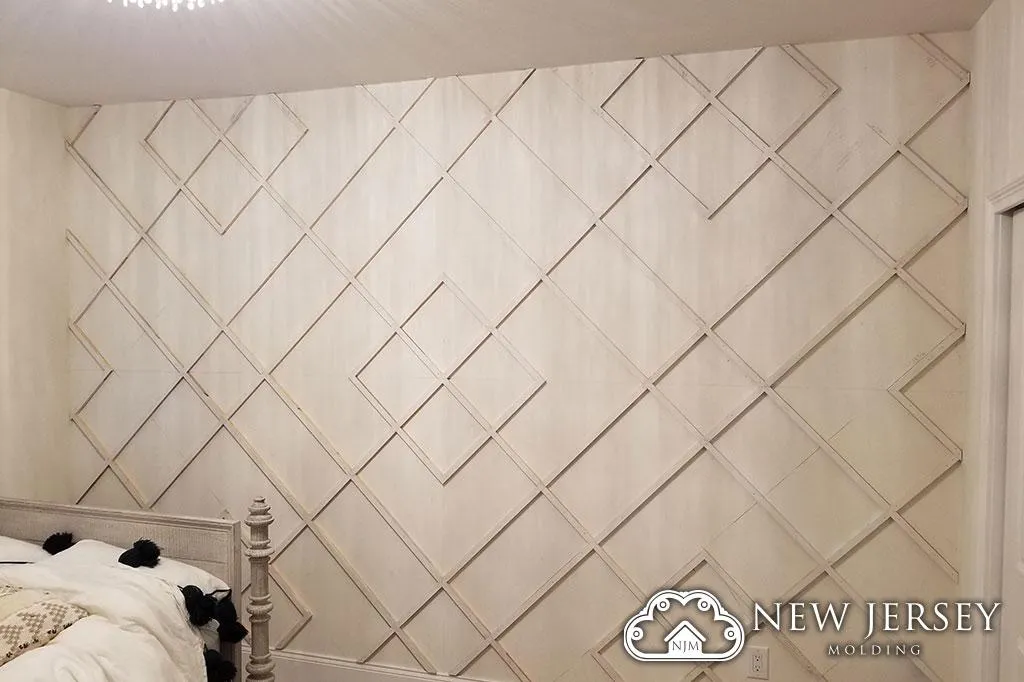

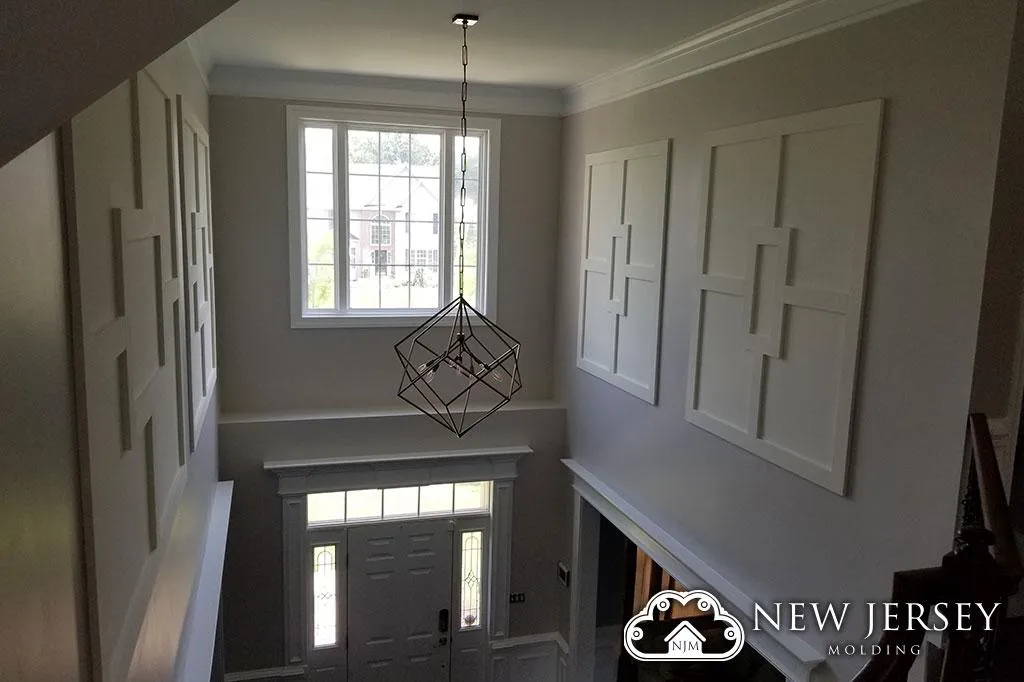
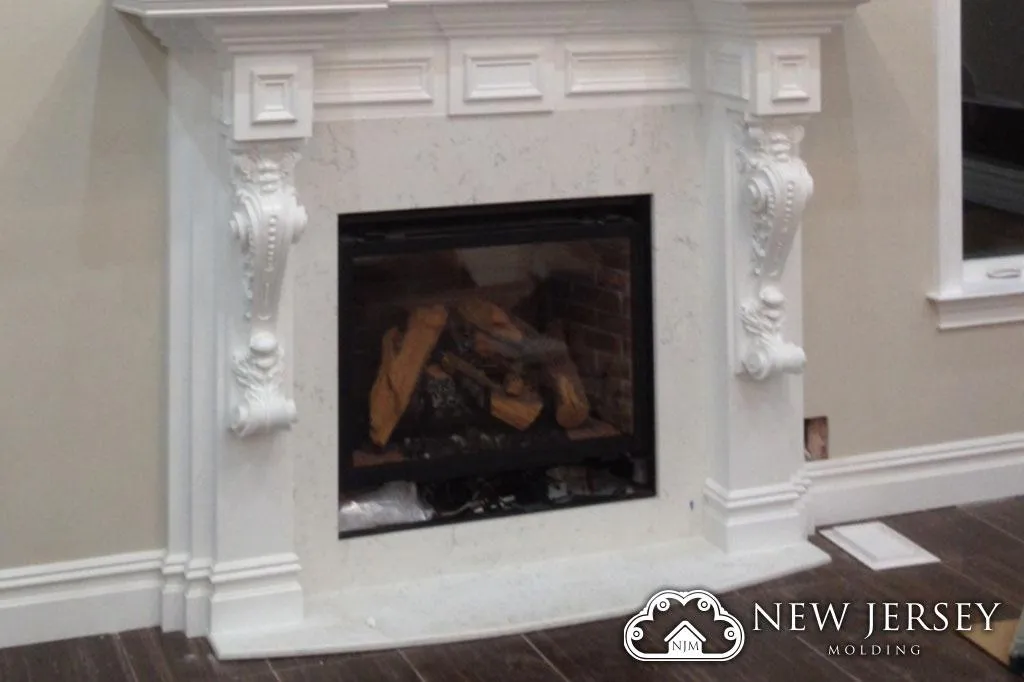
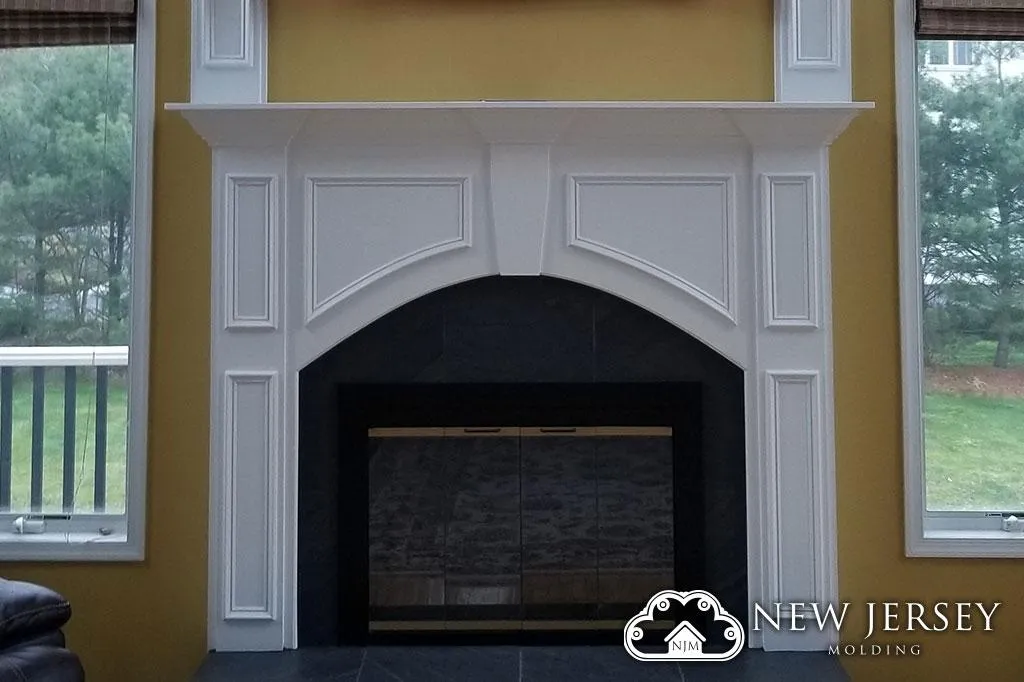
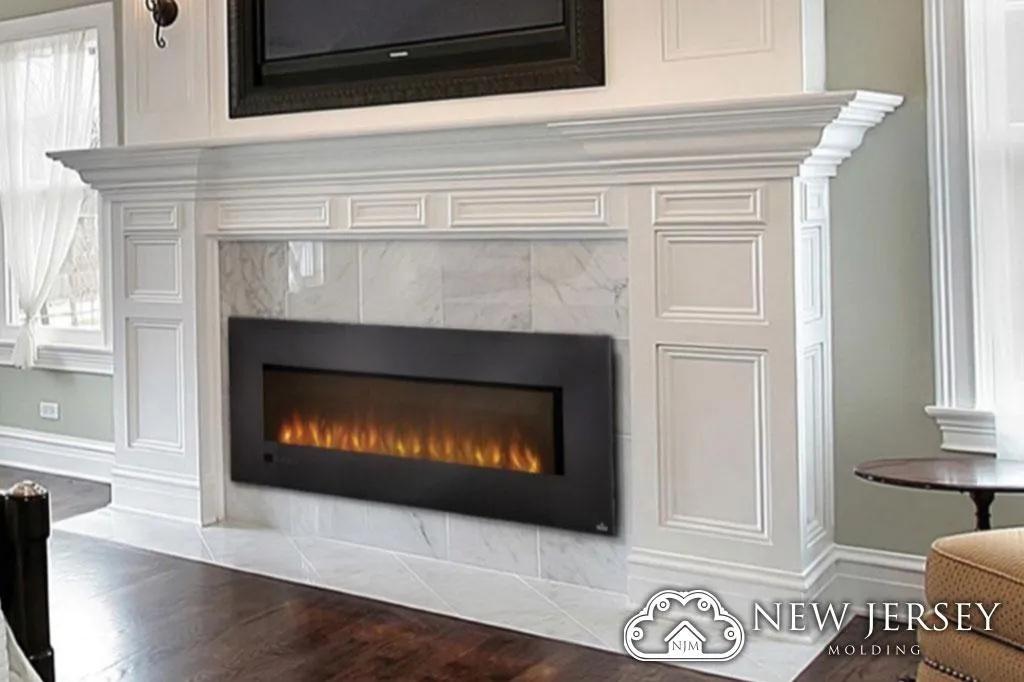
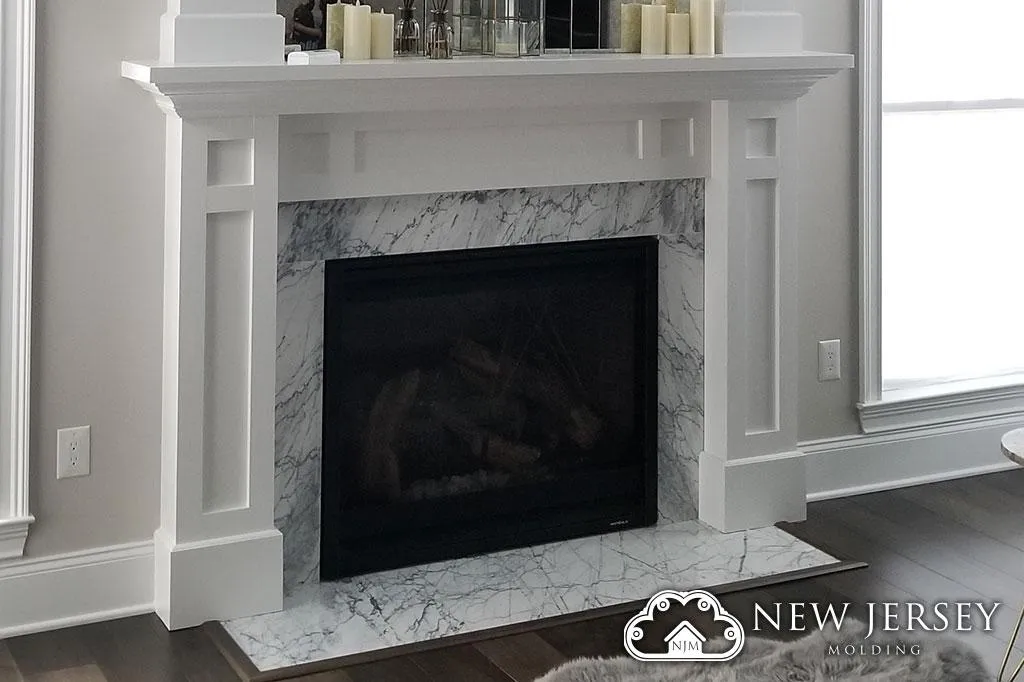
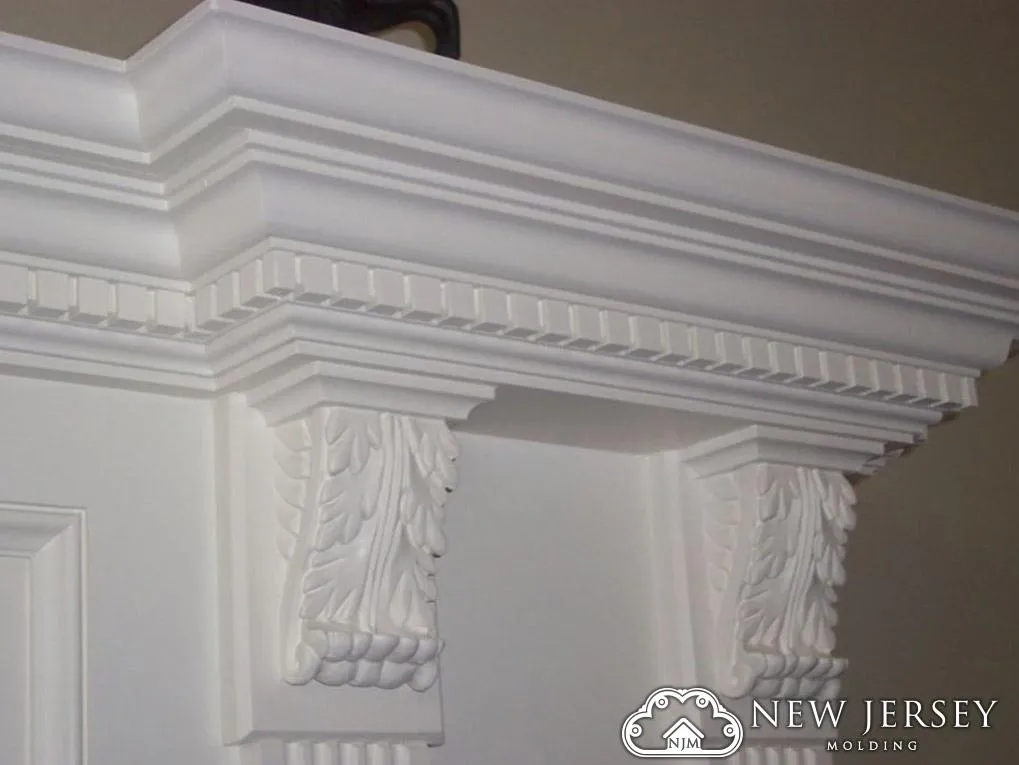
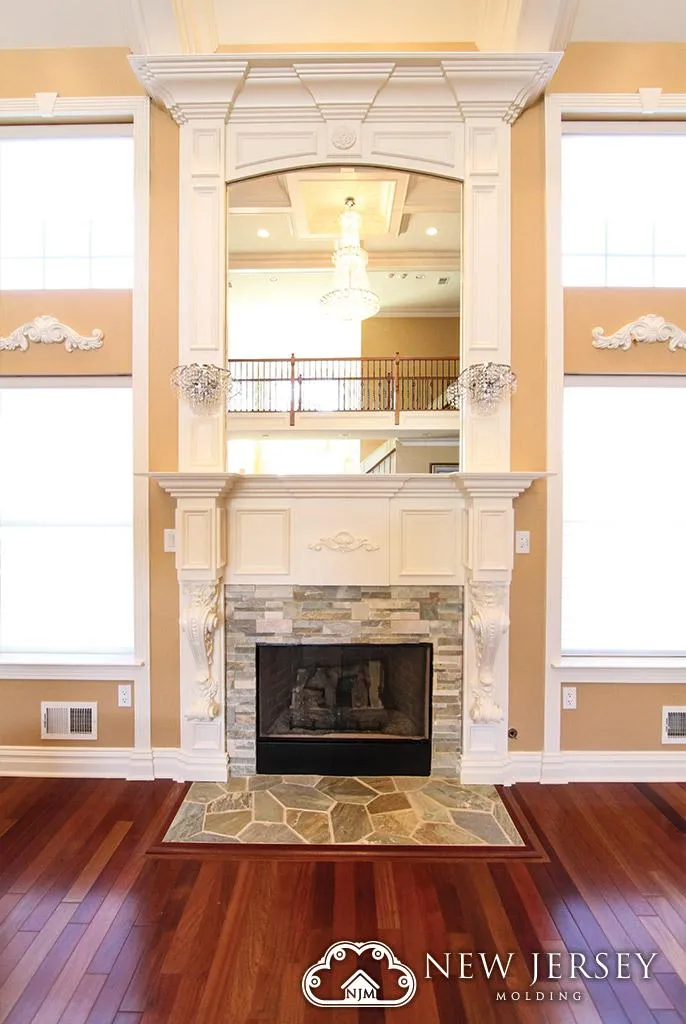
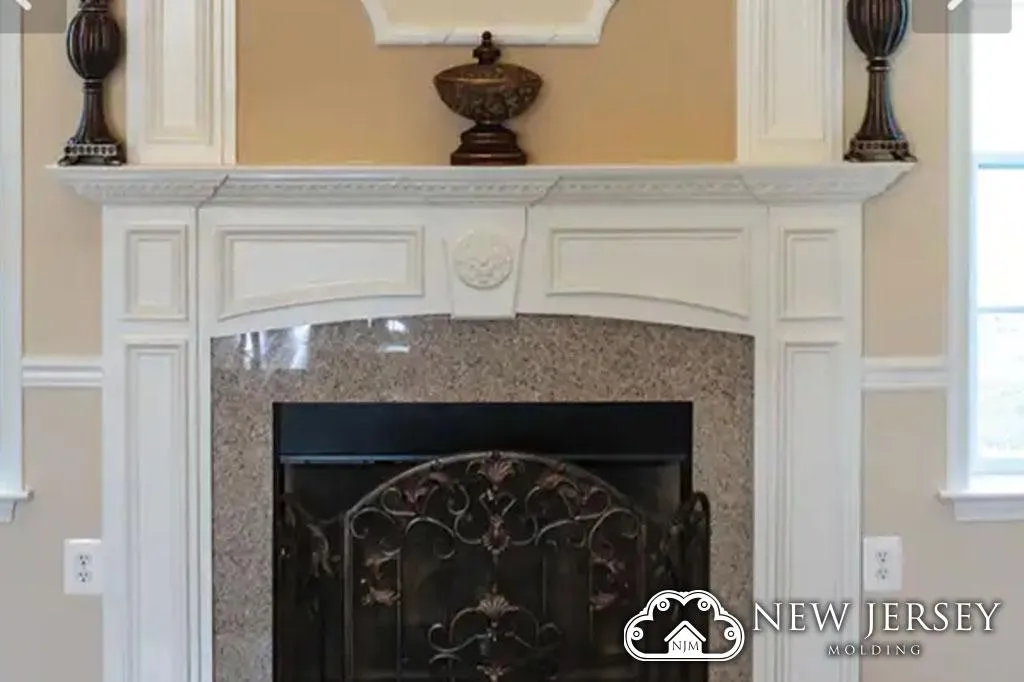
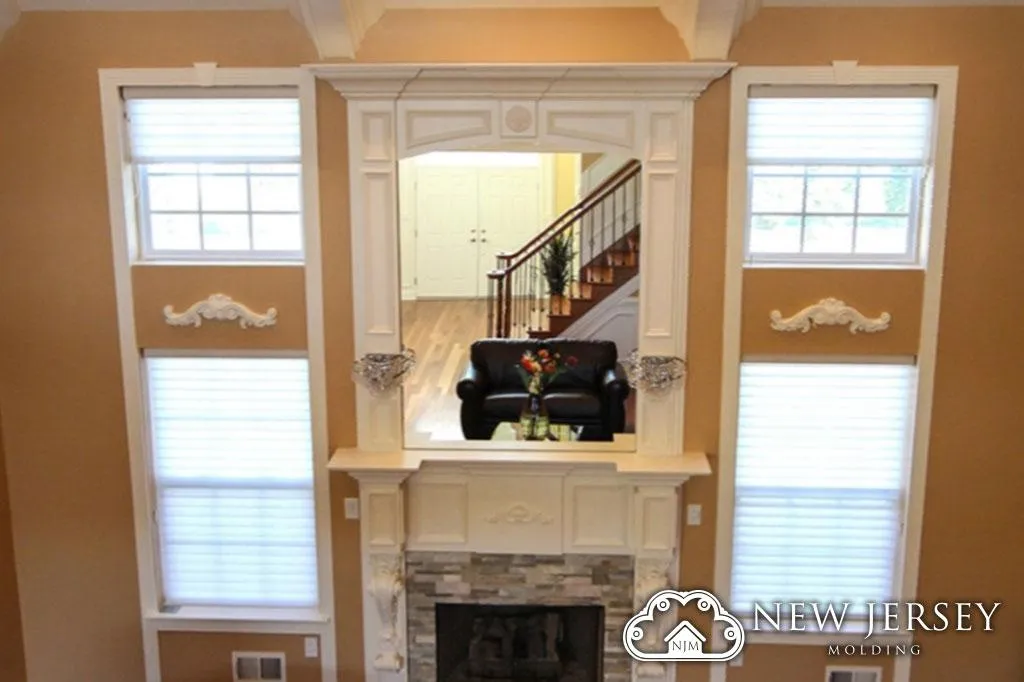
What Our Clients Say
Don't just take our word for it. Here's what homeowners across New Jersey have to say about their experience with our craftsmanship.
Ready to Join Our Satisfied Customers?
Experience the same level of craftsmanship and service that has earned us 150+ five-star reviews across New Jersey.
Get Your Free Consultation
Ready to transform your space? Contact us today for a free consultation and detailed quote. We'll work with you to bring your vision to life.
Request Your Free Quote
Phone
Mon-Fri 8AM-6PM
We respond within 24 hours
Service Area
Northern New Jersey
Bergen, Essex, Morris Counties
Business Hours
Mon-Fri: 8AM-6PM
Sat: 9AM-3PM
Need Immediate Assistance?
For urgent repairs or time-sensitive projects, call us directly.




